


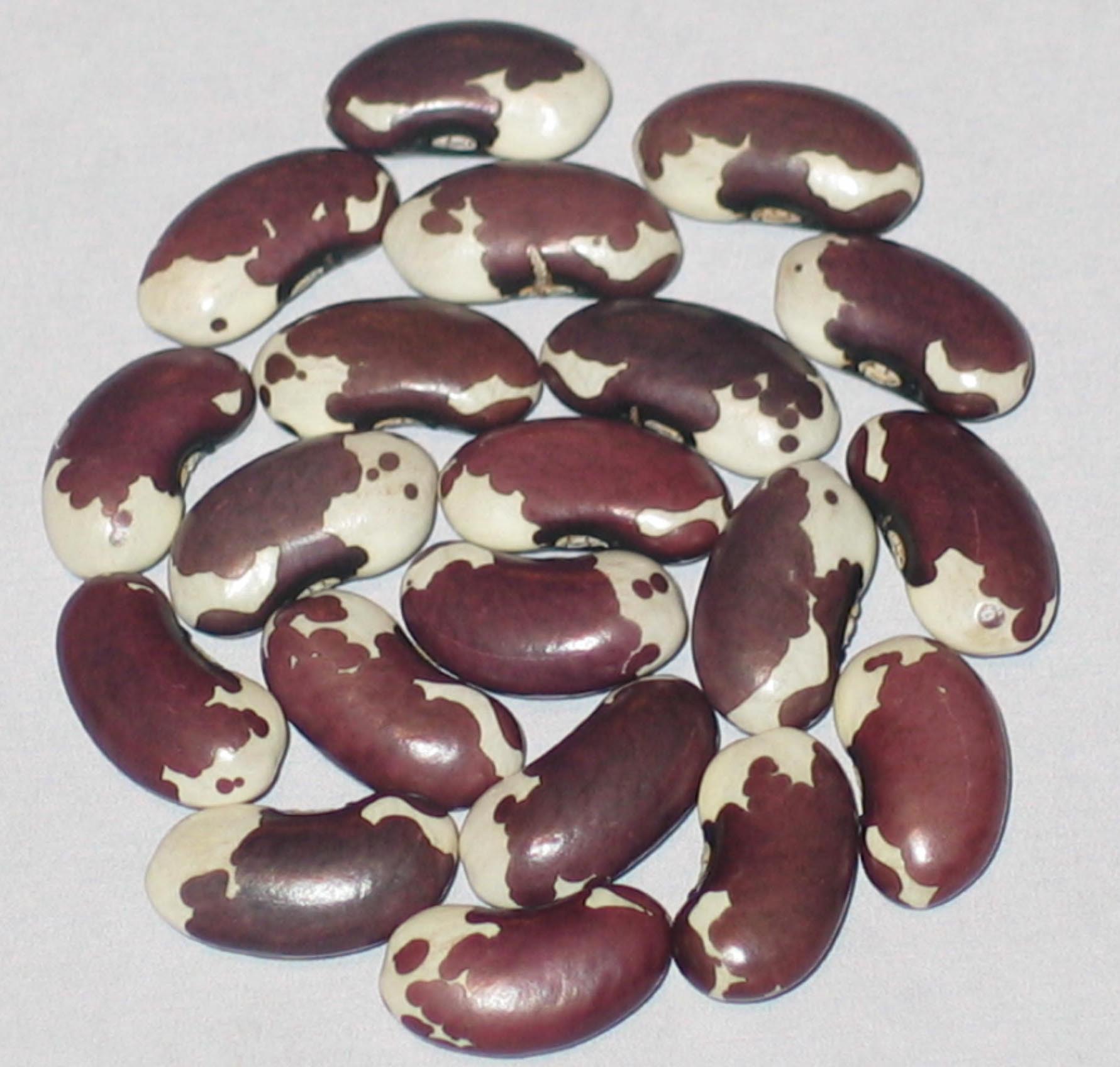
1500 Year Old Cave
Grown In '21 & 2023
Pole Snap. The bean supposedly came from a pitch sealed clay pot discovered in a cave in New Mexico. The site was carbon dated at about 1,500 years ago. Said to produce tasty pods on 10 foot tall vines. Sent to me by Artur Kobylecki of Kielce, Poland.
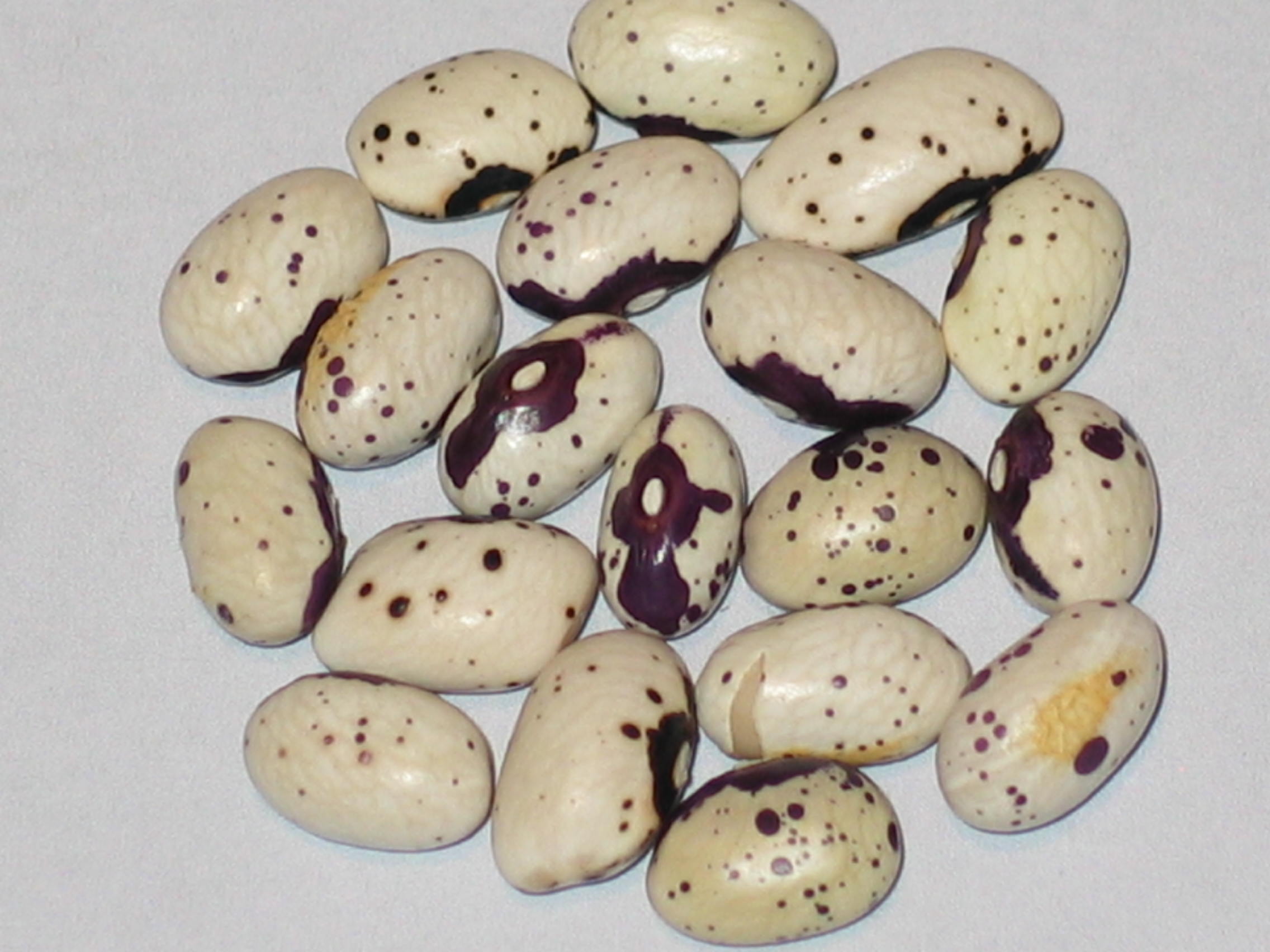
A Ecosser de Chevilly
Grown In '17 & 2019
Bush Dry. Compact plants. French variety obtained from a Acton, Ontario grower in 2017.
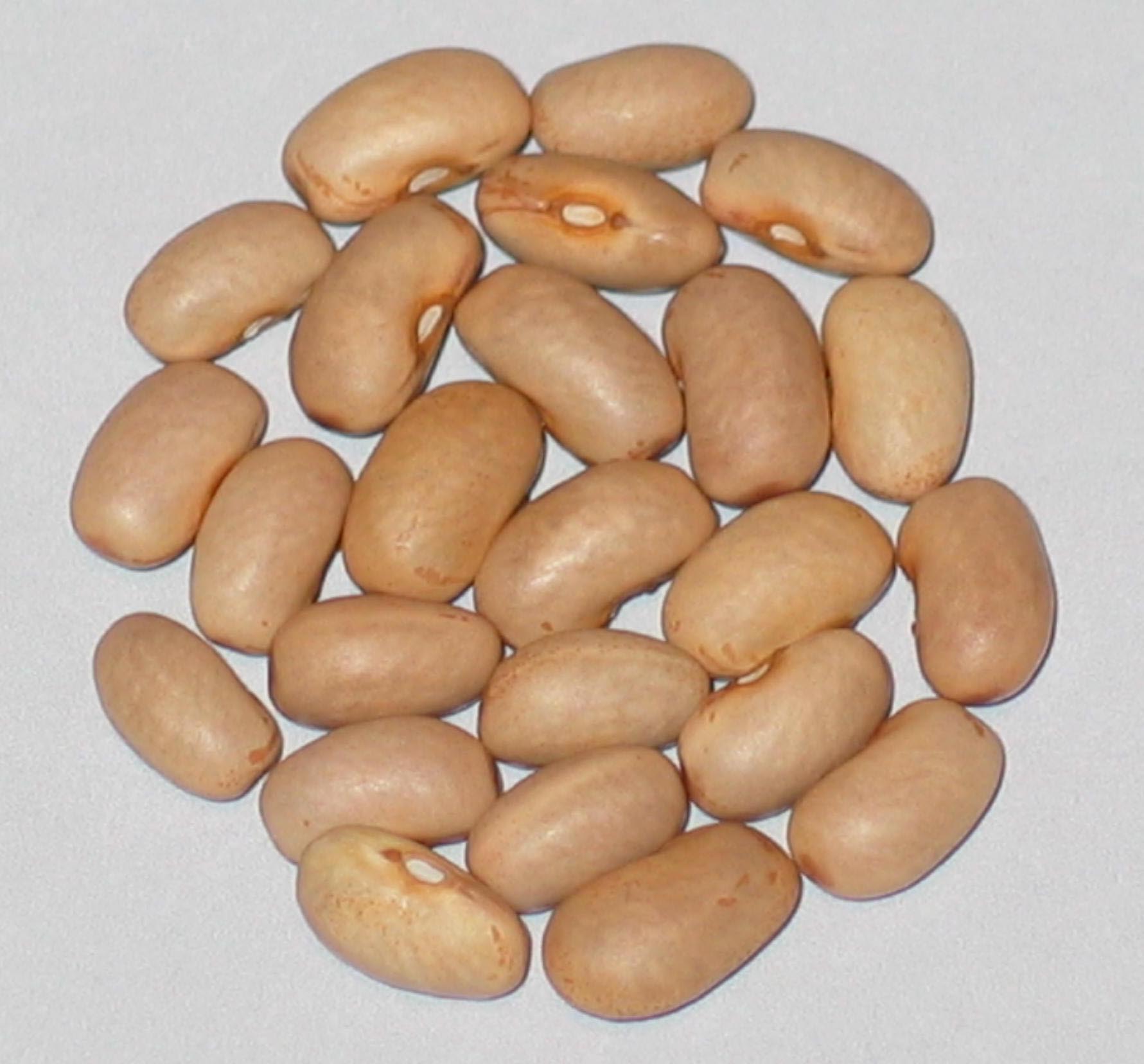
Adam's Family Six Weeks
Grown In '19 & 2022
Pole Snap. An old variety long grown in eastern Kentucky in the Appalachian region. One of the great growers of this bean was a fellow named Jack R. Adams of Oil Springs, Kentucky in Johnson county. Sent to me by Zachary Benson of Lino-Lakes, Minnesota grower in 2016.
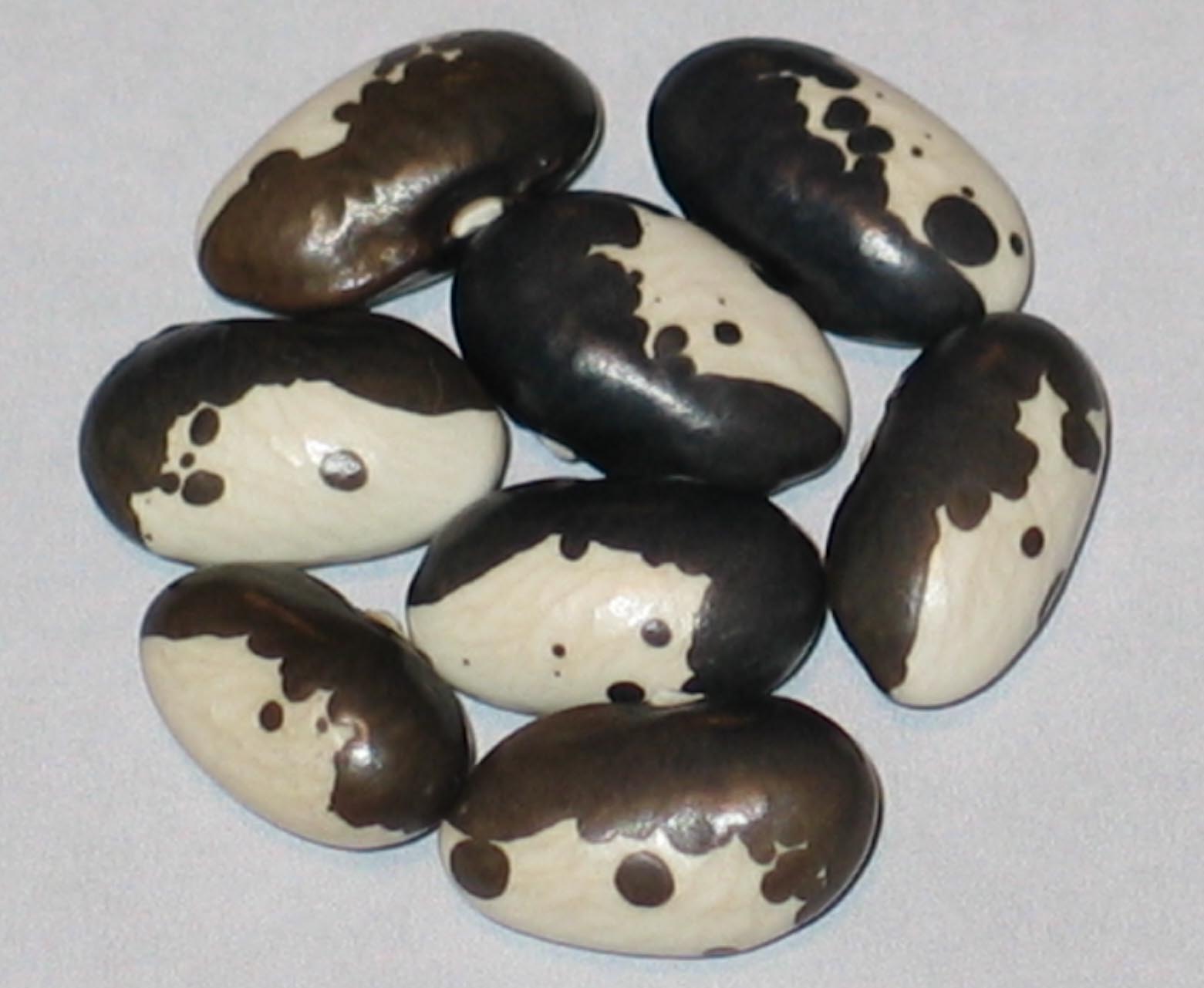
Aghstev Ijevan
Grown In '21,'22 & 2023
Pole Dry. Ijevan is a town in Armenia along the Aghstev river. Plants grow to 7 feet producing 6 inch long flat cresent shaped green pods. I acquired the bean from Karen Golden at the October 2018 Bill Best's Sustainble Mountain Agriculture Seed Swap in Livingston, Tennessee. Karen who growers tons of tomato varieties. Operates Michigan Heirlooms in Highland, Michigan.
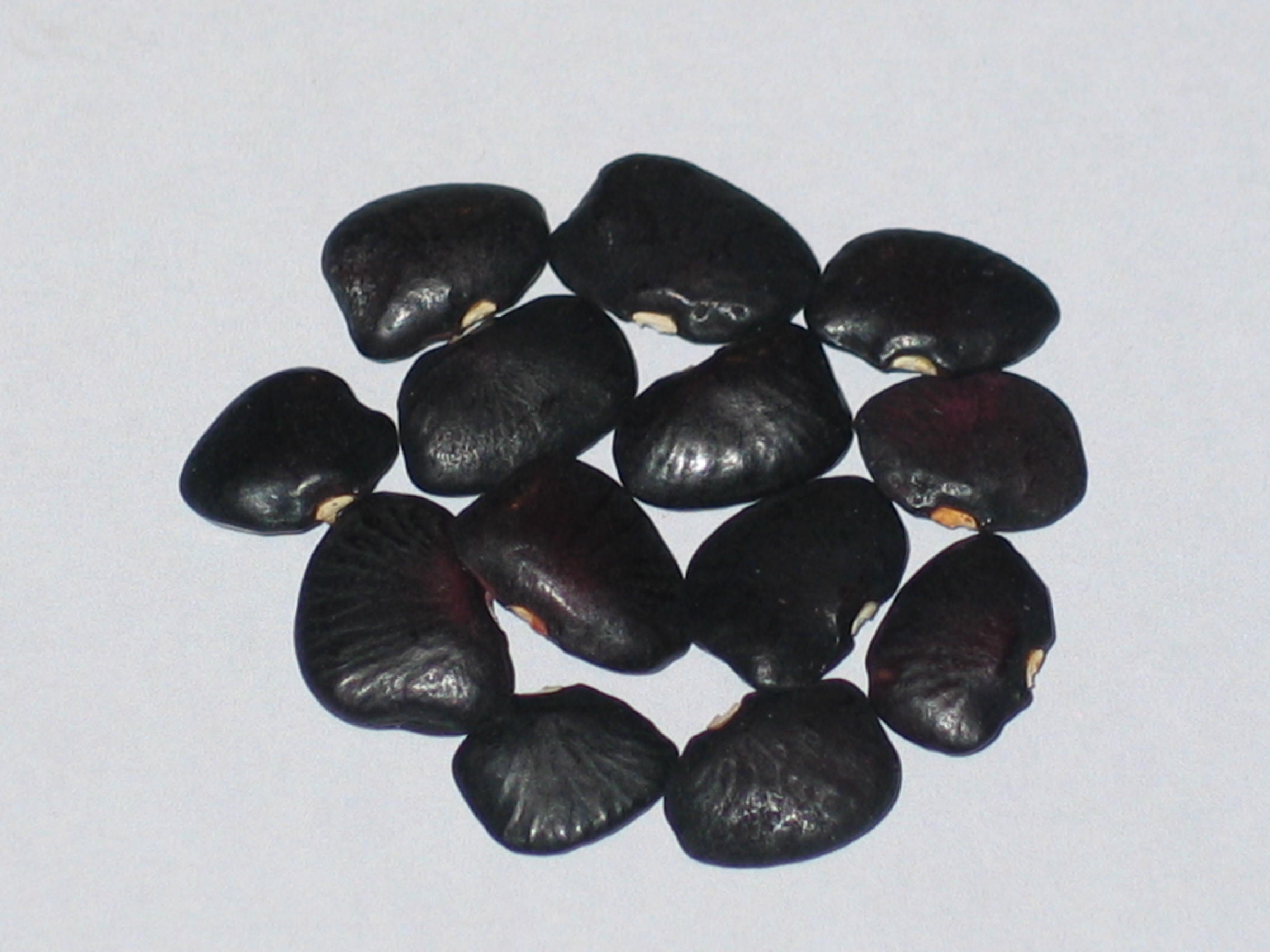
Alabama Black Butter
Grown In '19 & 2023
Pole Lima. Seed donor is from Armidale, New South Wales Australia, 2016.
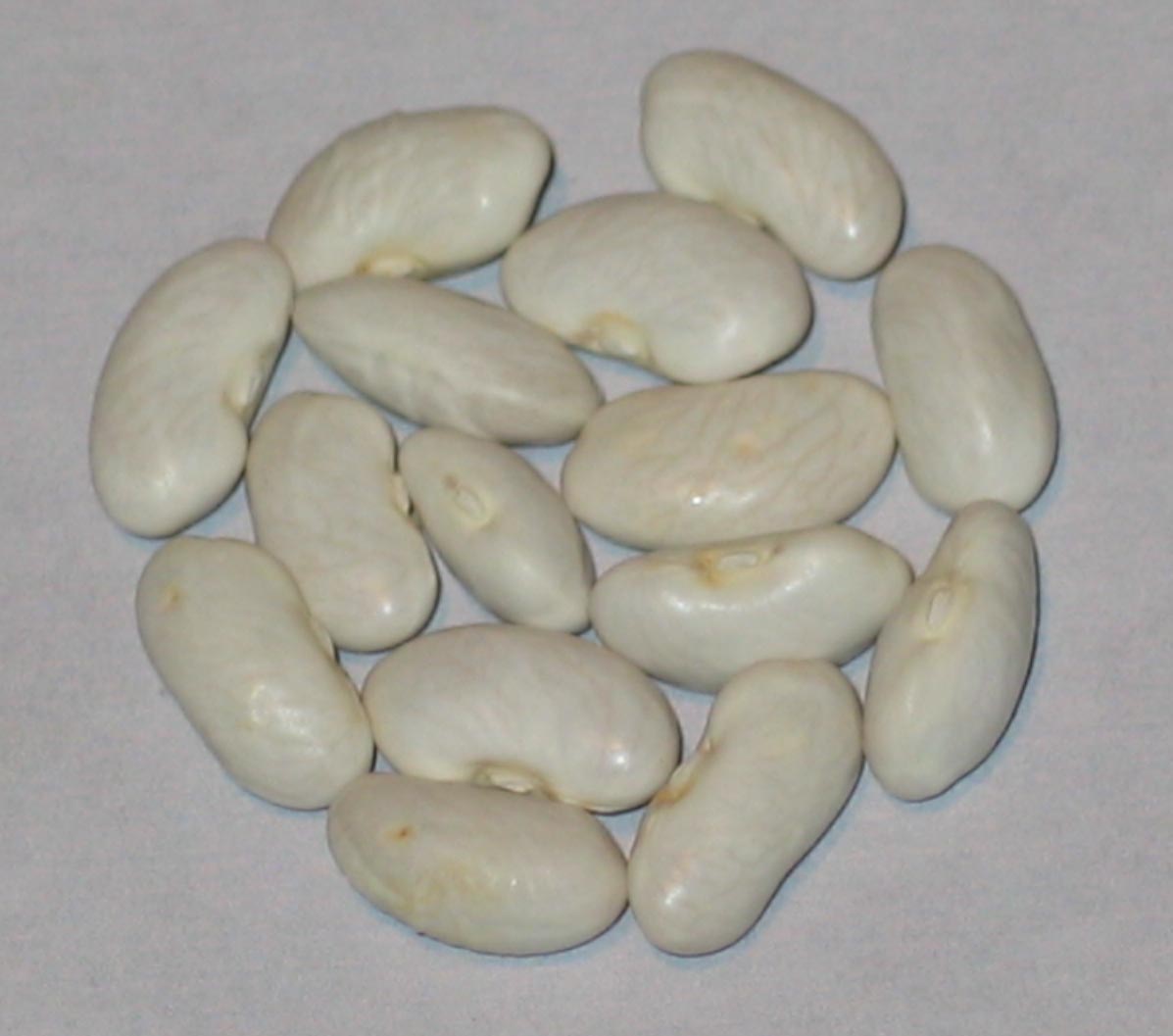
Algarve
Grown In 2023
Pole Snap. Very early snaps of long flatt medium green pods. Large yeilds approximately 50 days from planting to first snaps. Slow fiber development of 10 x 1 inch wide pods. BCMV resistant. Climbs from 6 to 7 feet
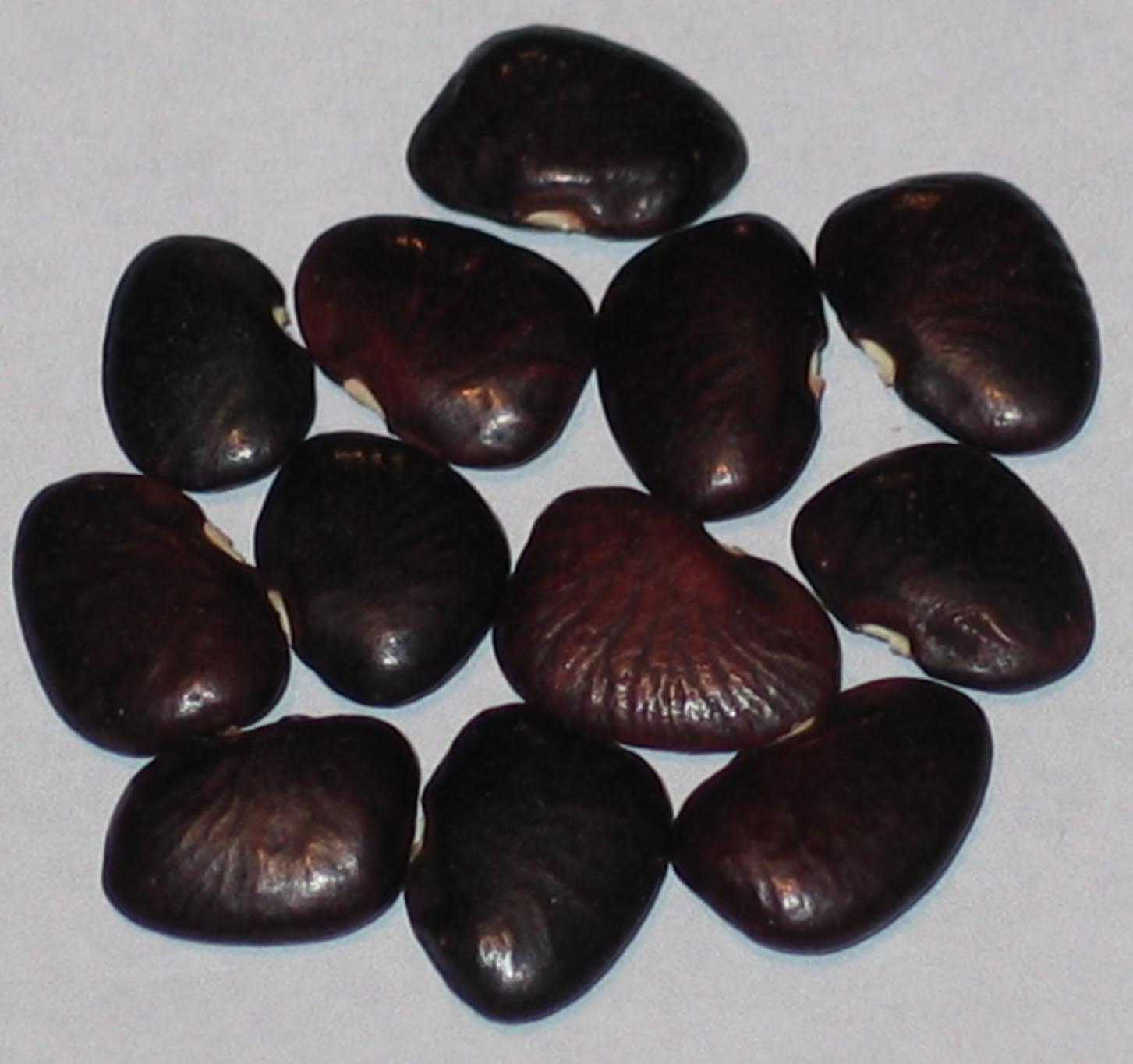
Alma’s PA
Grown In 2024
Pole Lima. This burgundy color lima was grown by the Pennsylvania Dutch in southeast and south central Pennsylvania. A true heirloom. Seed donor is Peter Murphy of Kingston, Massachusetts 2020.
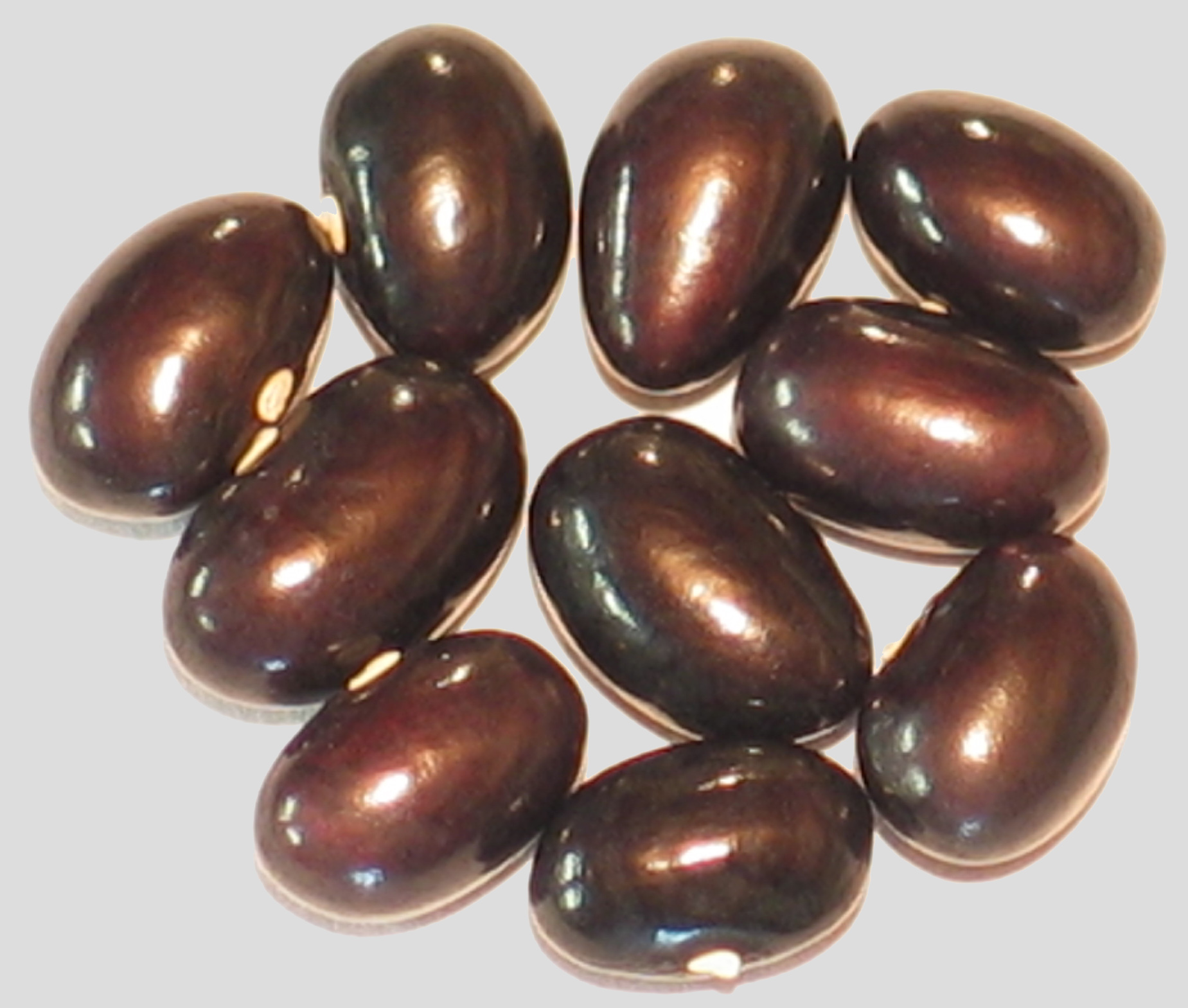
Alubias Di Tolusa
Grown In ’20,’21,'22 & 2023
Pole Dry. Originates in the Basque region of Spain. A vigorous climber that easily will grow 8 feet. Celebrated regionally each November in the Basque culture during the ”Week of the Bean” known as the Babarrunaren Astea feast. A very productive variety with 6 feet of row space easily produces 4 pounds of beautiful glossy beans.
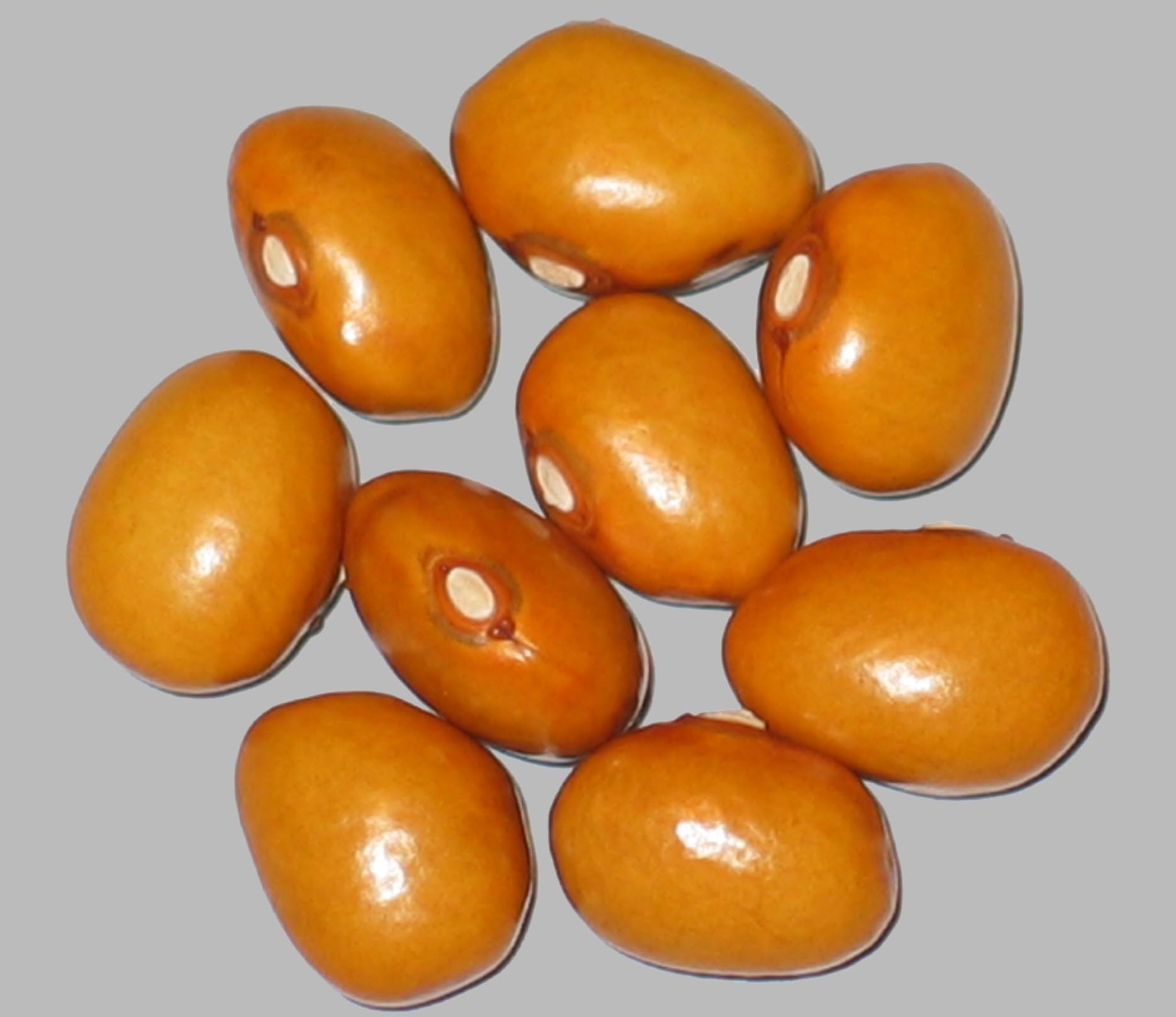
Amber Queen
Grown In '16,’ 18 & 2021
Bush-Dry. Blossom light pink. 100 days to first dry seeds. Plants are upright in growth without runners. Good yielding variety and one of the many bean originals named and introduced through the Seed Savers Exchange yearbook by the late Robert Lobitz of Paynesville, Minnesota. I originally sourced the bean from SSE's Heritage Farm in 2012

Amethyst
Grown In '16 & 2023
Bush Dry. A purple podded variety on a vigorous bush plant. Said to be better tasting than a pinto bean. Acquired from the Double Helix Farm in Conway, Arkansas in 2013.
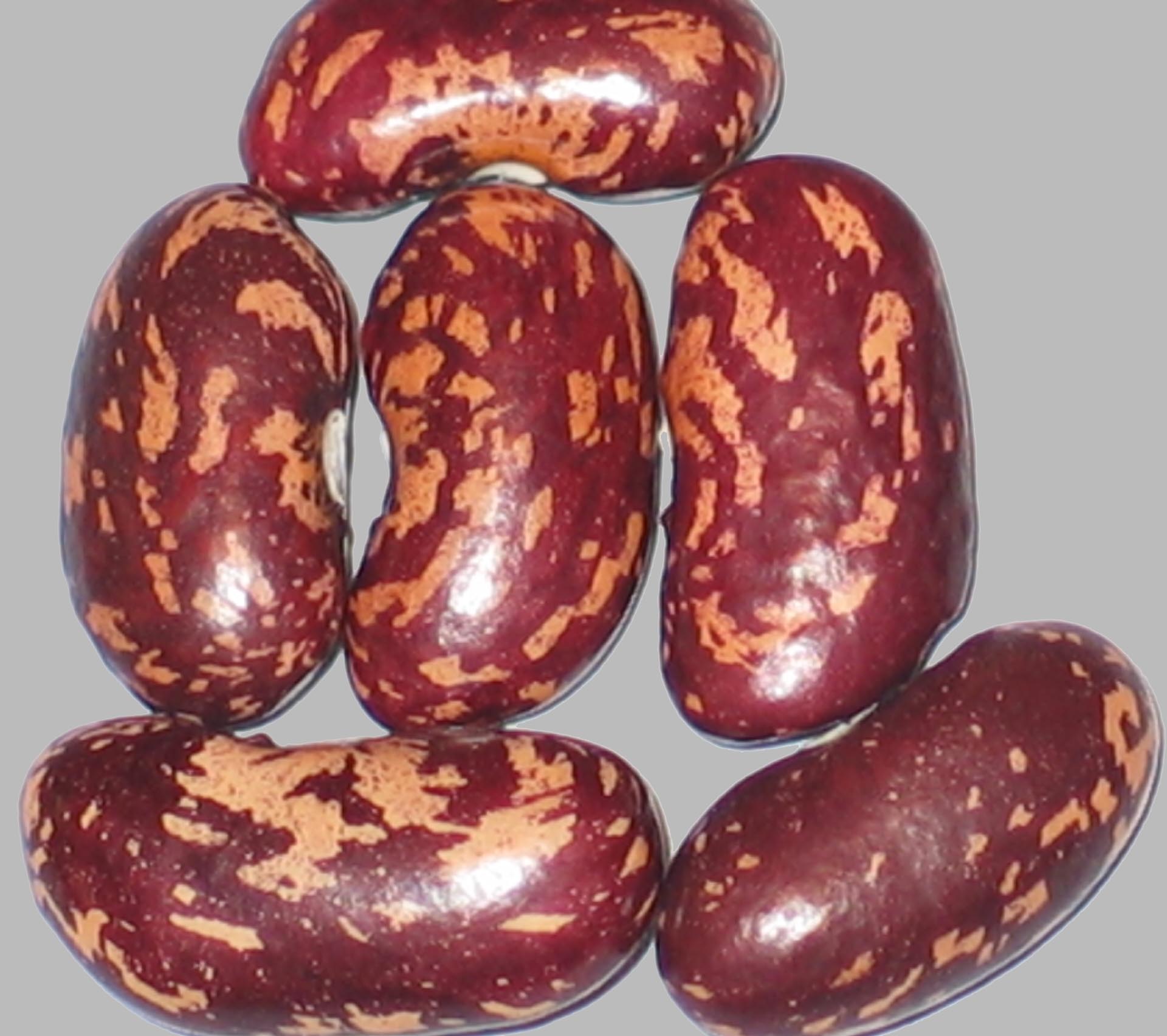
Anakin Kuvallii Giant
Grown In ’21,'23 & 2024
Pole Dry. Wonderful rare bean. Large meaty beans brought back from Kuvallii, Georgia by Joseph Simcox. You can grow it on anything that will support a climbing vine. Obtained from a high school gardener in Marion, Iowa in 2017.
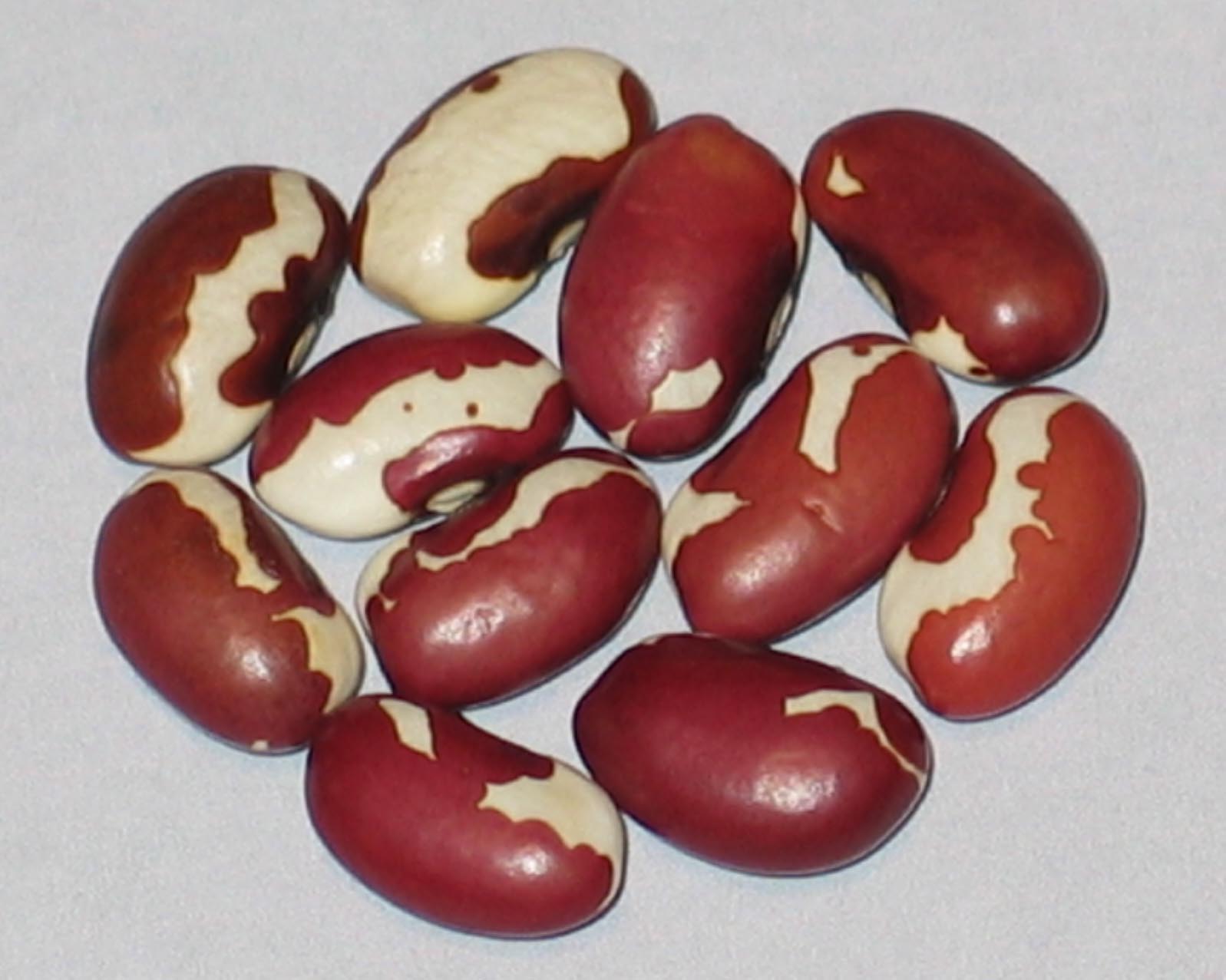
Anasazi
Grown In ’19,’21,22 & 2023
Pole Dry. Productive variety who's name is the Navajo word for “the ancient ones,” cliff-dwelling Native Americans who lived in Colorado, New Mexico, Utah, and Arizona around 130 AD. The seed coat pattern is similar to many of the different southwestern beans like Zuni Shalako, Gila River, Gila, New Mexico Red Appaloosa and others. Said to also able to be used as a snap bean. Most of the seed stocks of this variety sold in the U.S.A. today originated with Adobe Milling Company Inc. of Dove Creek, Colorado.
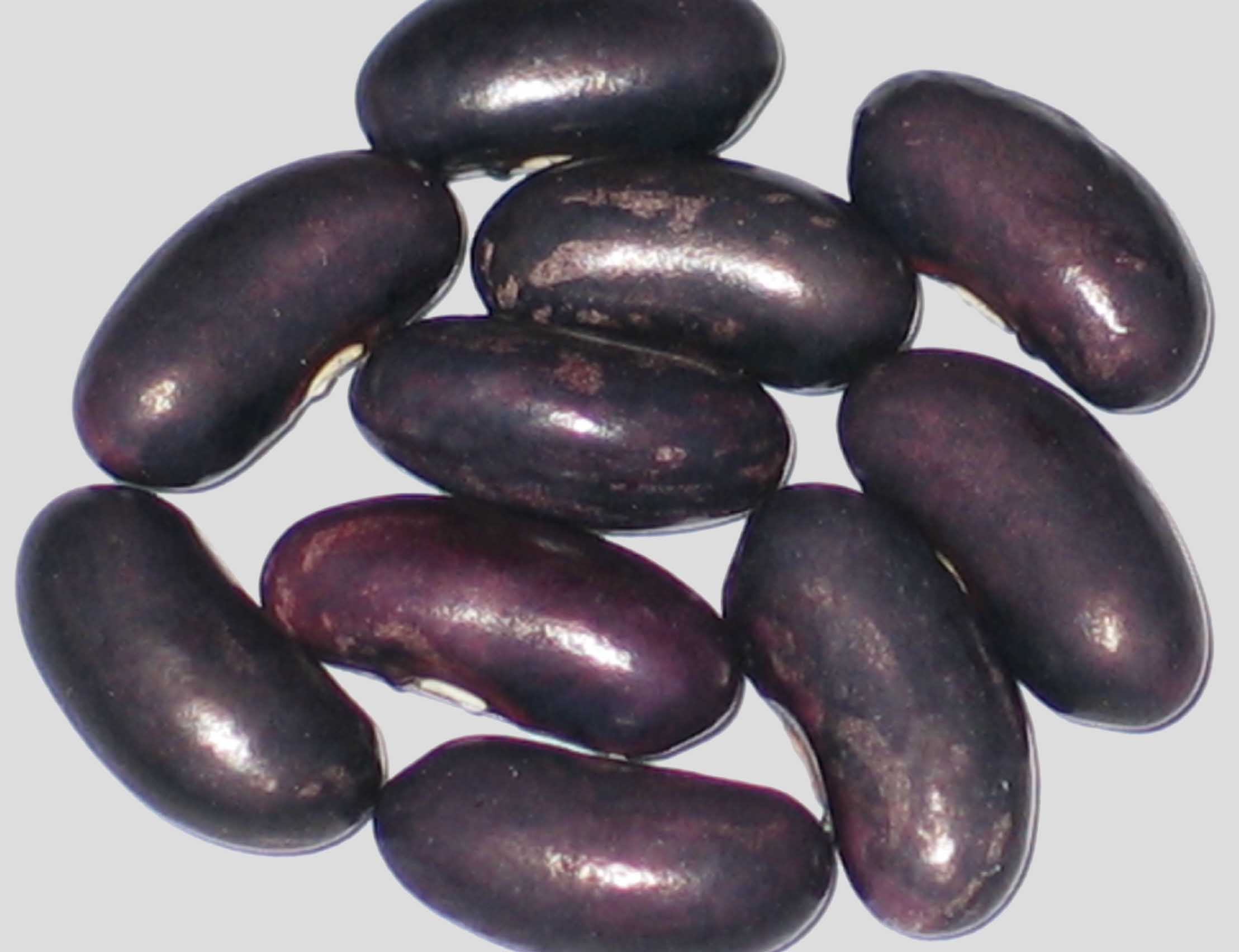
Anderson's Wonder
Grown In ’19 & 2023
Bush-Snap. Blossom pale lilac. Short plants develop 7 inch (18 cm) flat green pods. An Australian variety that originates with Anderson and Company. A late 19th and early 20th century Sydney, Australia seed company. Comes to me via a New South Wales resident.
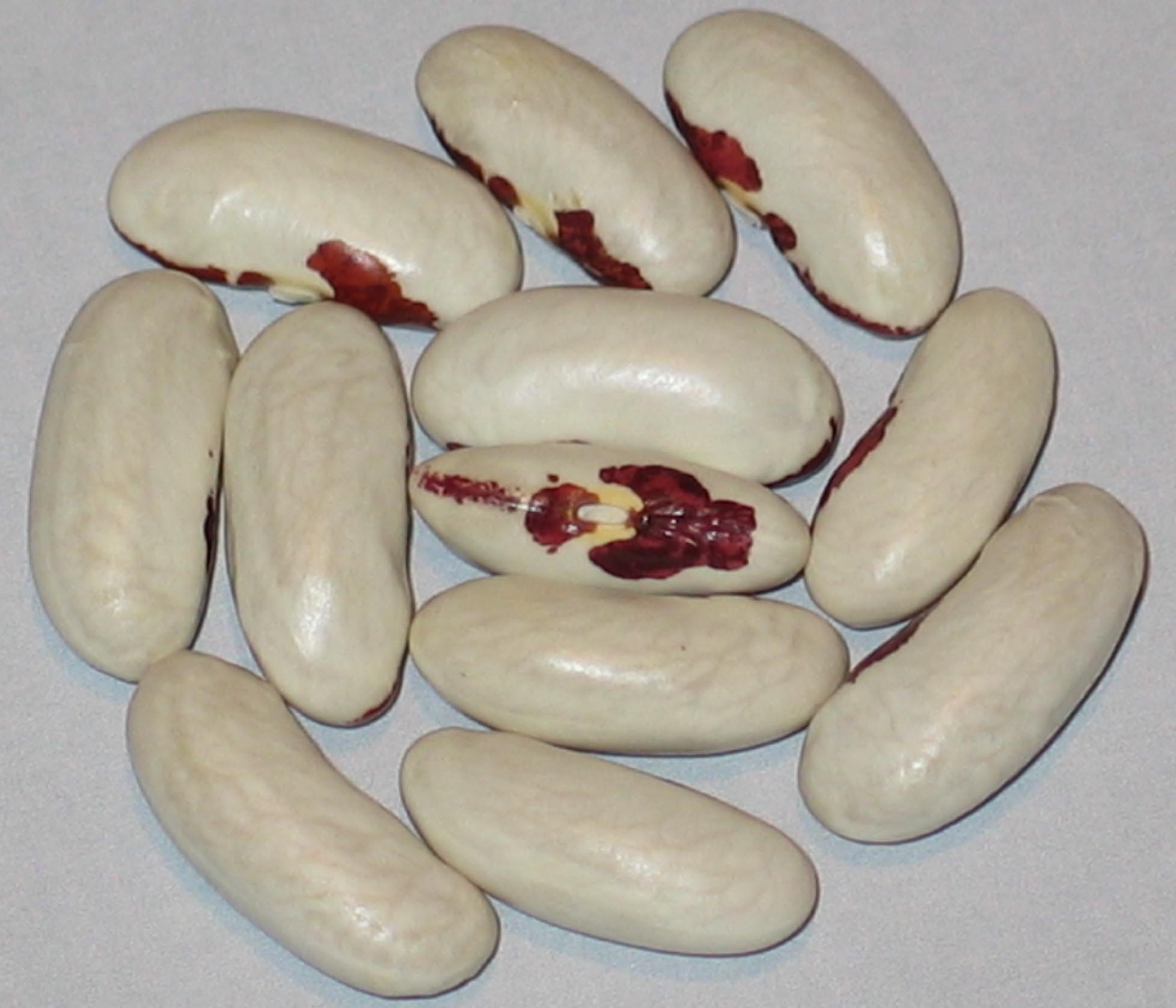
Andikove
Grown In '18 & 2023
Bush Dry. Appears to be a traditional Soldier bean from eastern Europe. Probably similar growth and maturity time. Donated by Milos Briestensky of Drevhostic, Czech Republic in 2019.
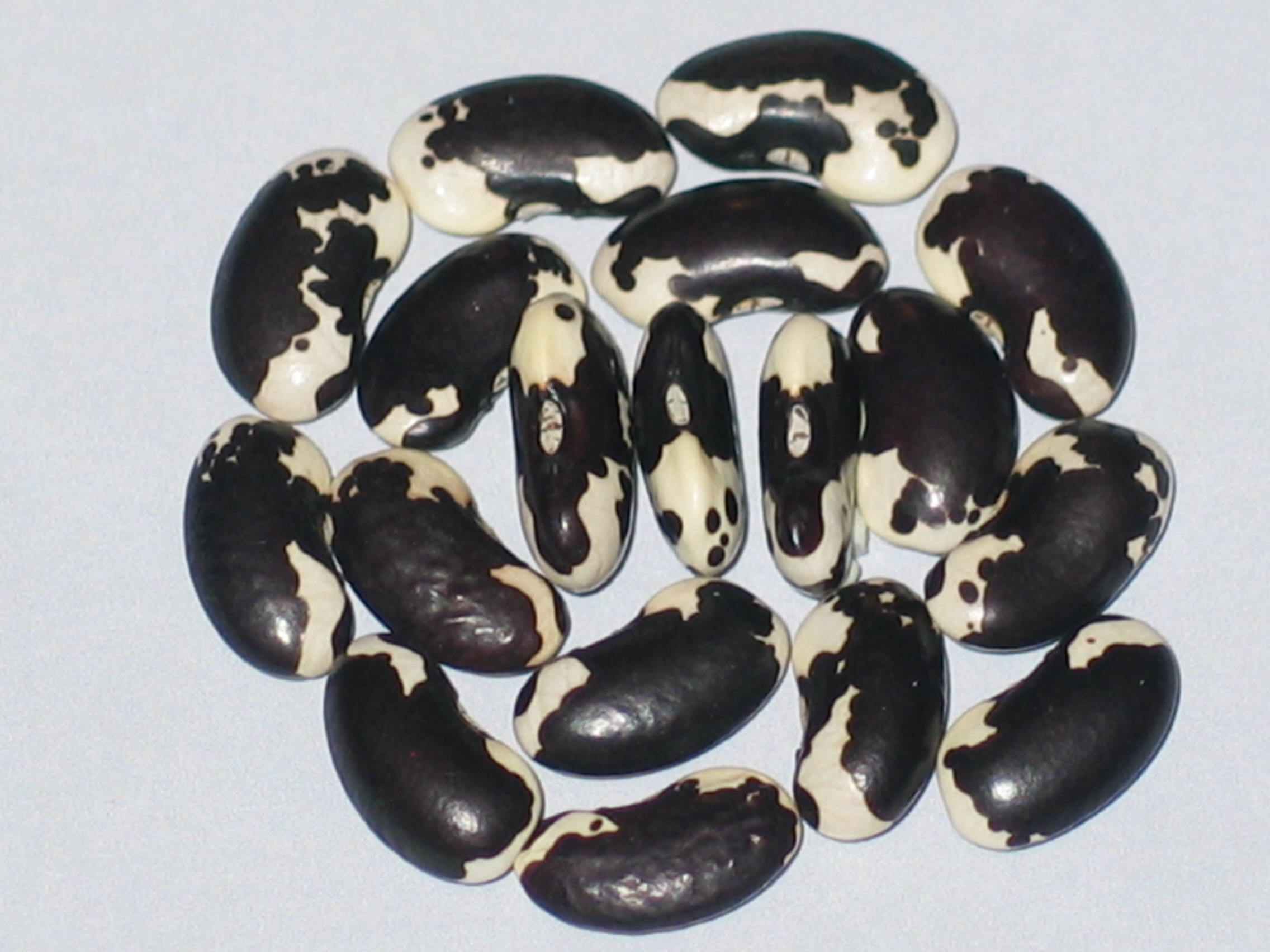
Appaloosa
Grown In '15 & 2020
Pole Dry. Another of the many southwestern beans with this same seed coat pattern but with a color of black and white.
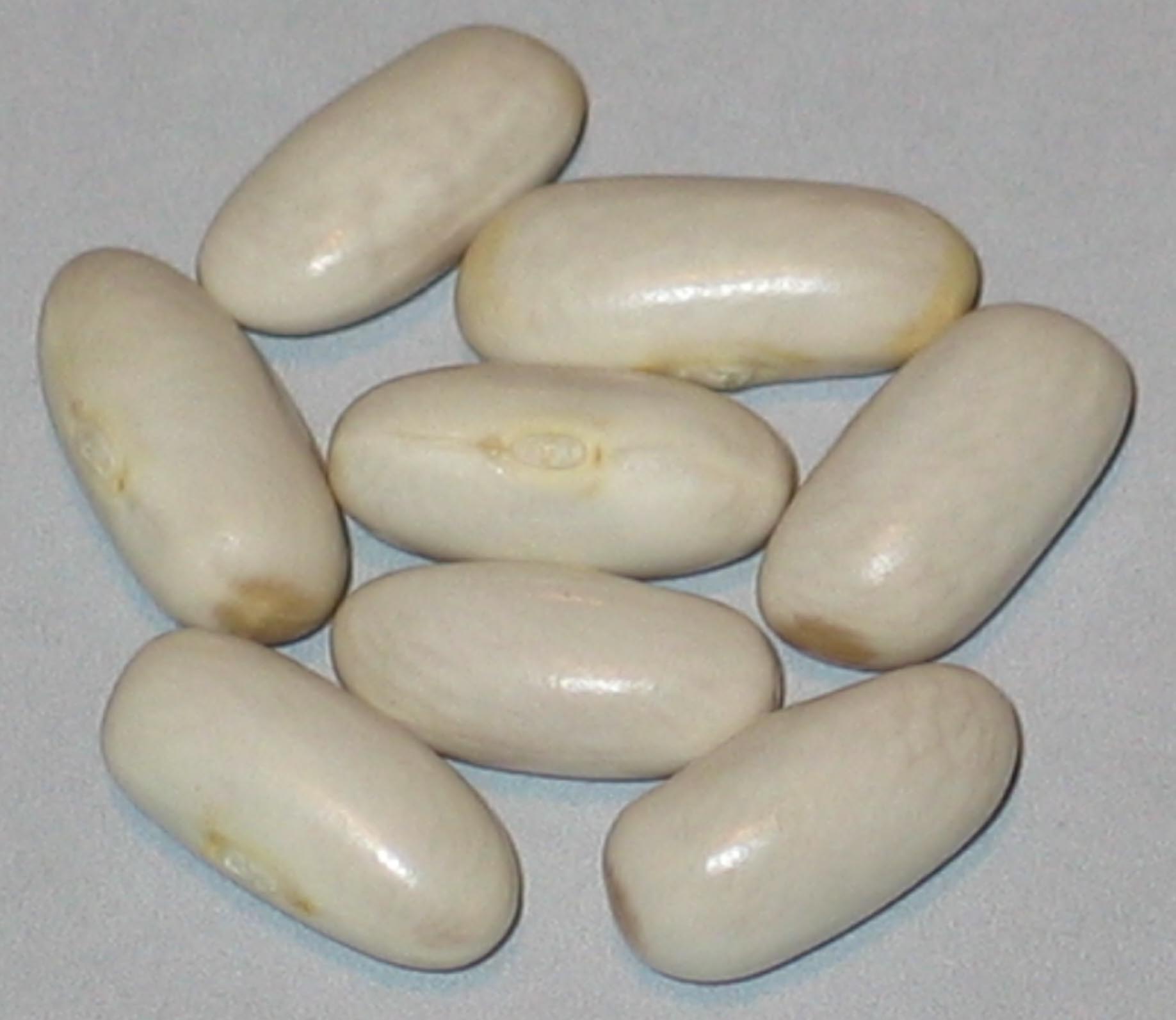
Argentinian White
Grown In 2018
Pole Dry. Resembles a white kidney bean commonly grown in Argentina. My original donor is a grower in Hercules, South Africa
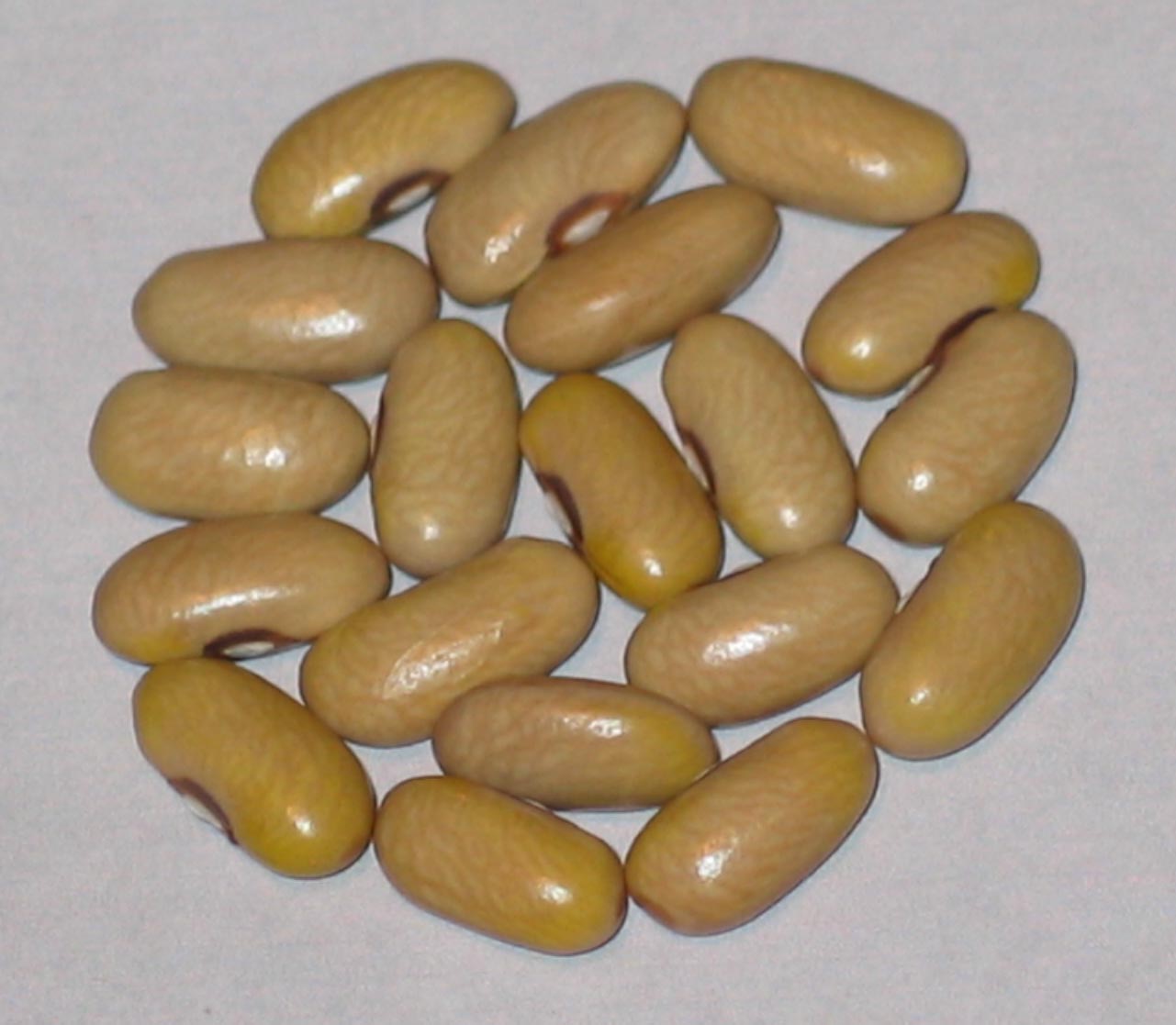
Arikara Yellow
Grown In ’17 & 2021
Bush Dry. Traditionaly grown by the Arikara people of North Dakota. First introduced to the seed trade by Oscar Will’s Pioneer Seed Collection in 1914.
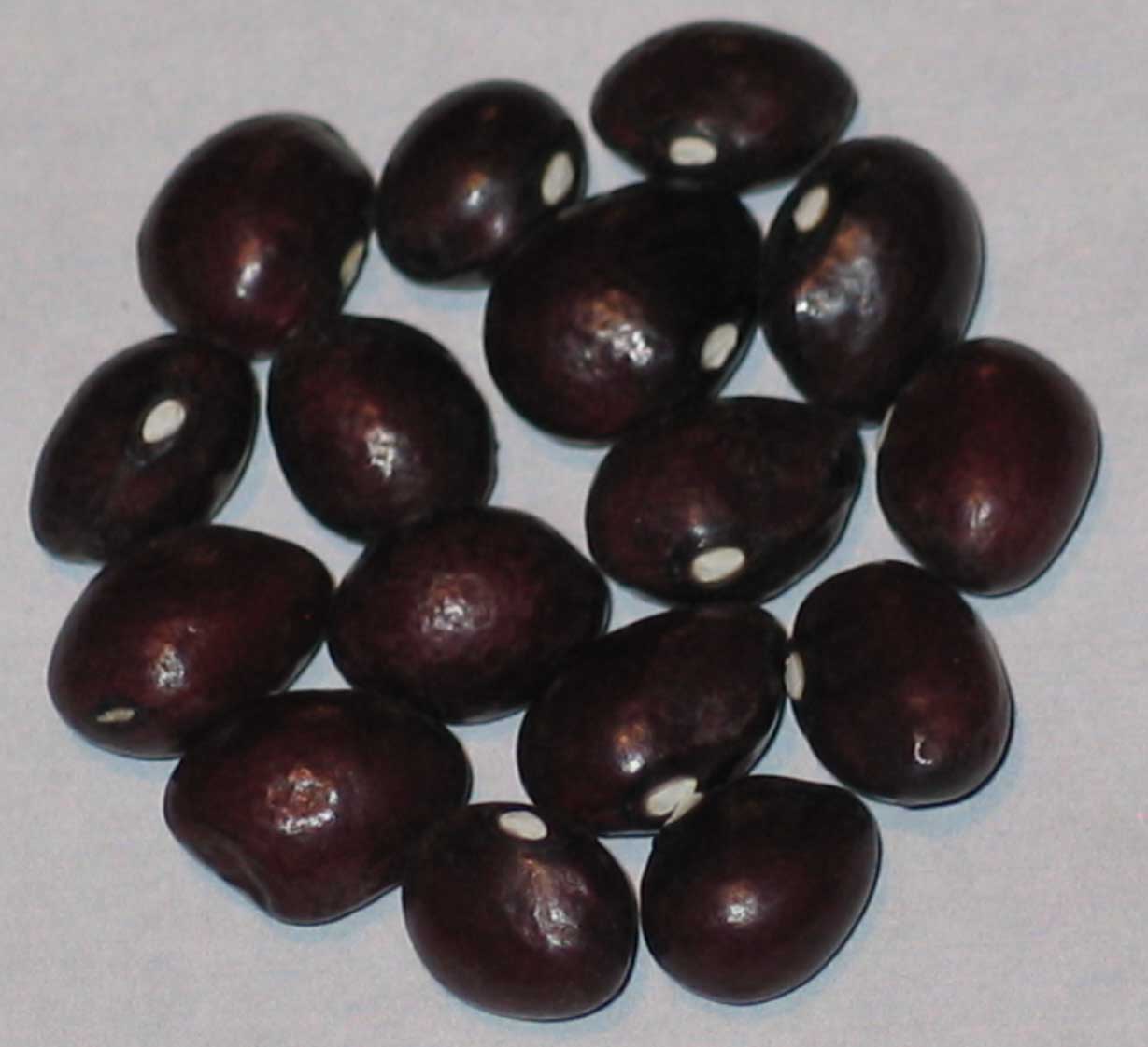
Arlington Red Cranberry
Grown In ?
Pole Dry. This bean has been donated to Seed Savers Exchang Heritage Farm in 1981 by the famous bean collector John Withee. John had obtained the bean from a Robert Kennedy who lived in Michigan. Robert suspected this bean may have been introduced to the seed trade as early as 1885. How much older must this bean be is probably anyone’s guess.
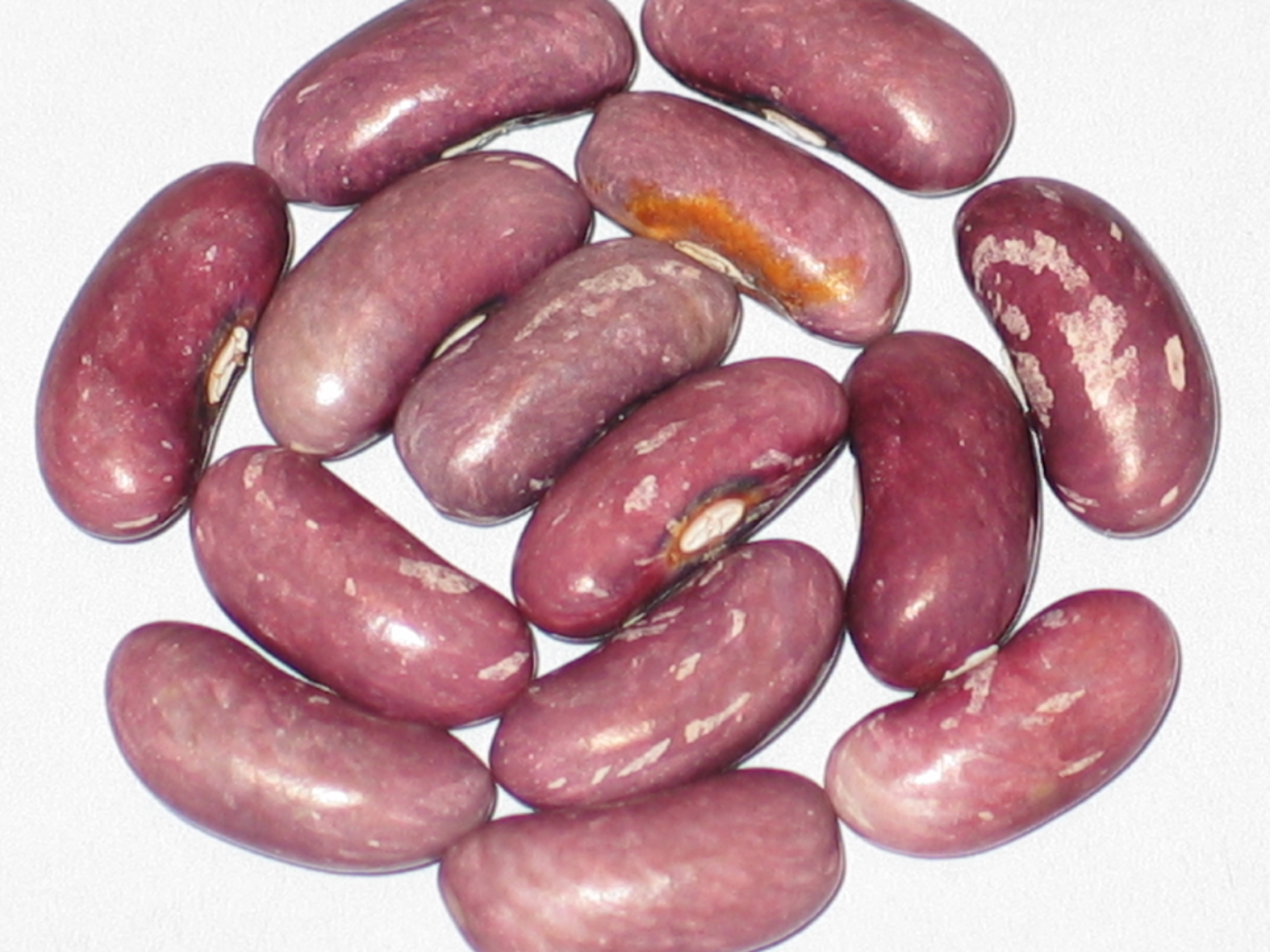
Atwater
Grown In ’17,'21 & 2023
Bush/Snap. Blossom pink. True bush form grows without runners. Six inch long pods if allowed to dry for seed will begin drying in about 90 days. A Robert Lobitz original bean named and introduced by him around 1999. Named for Atwater, Minnesota which is located in east central Kandiyohi County along Minnesota highway 12.
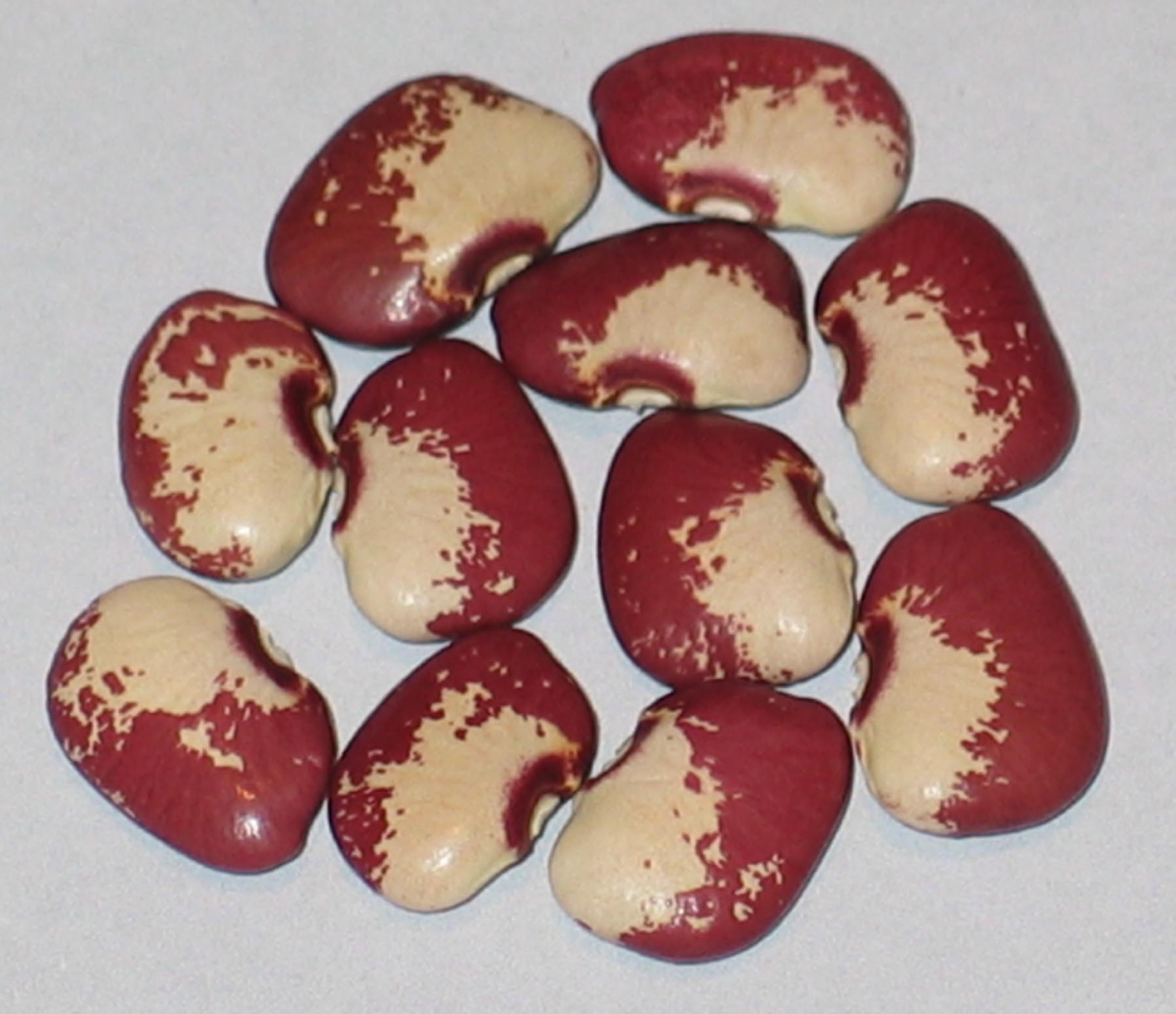
Aubrey Deane
Grown in 2020
Pole Lima. Pre-1890 family heirloom from Greene County, Virginia. Pods shatter and release beans if left too long on the vine
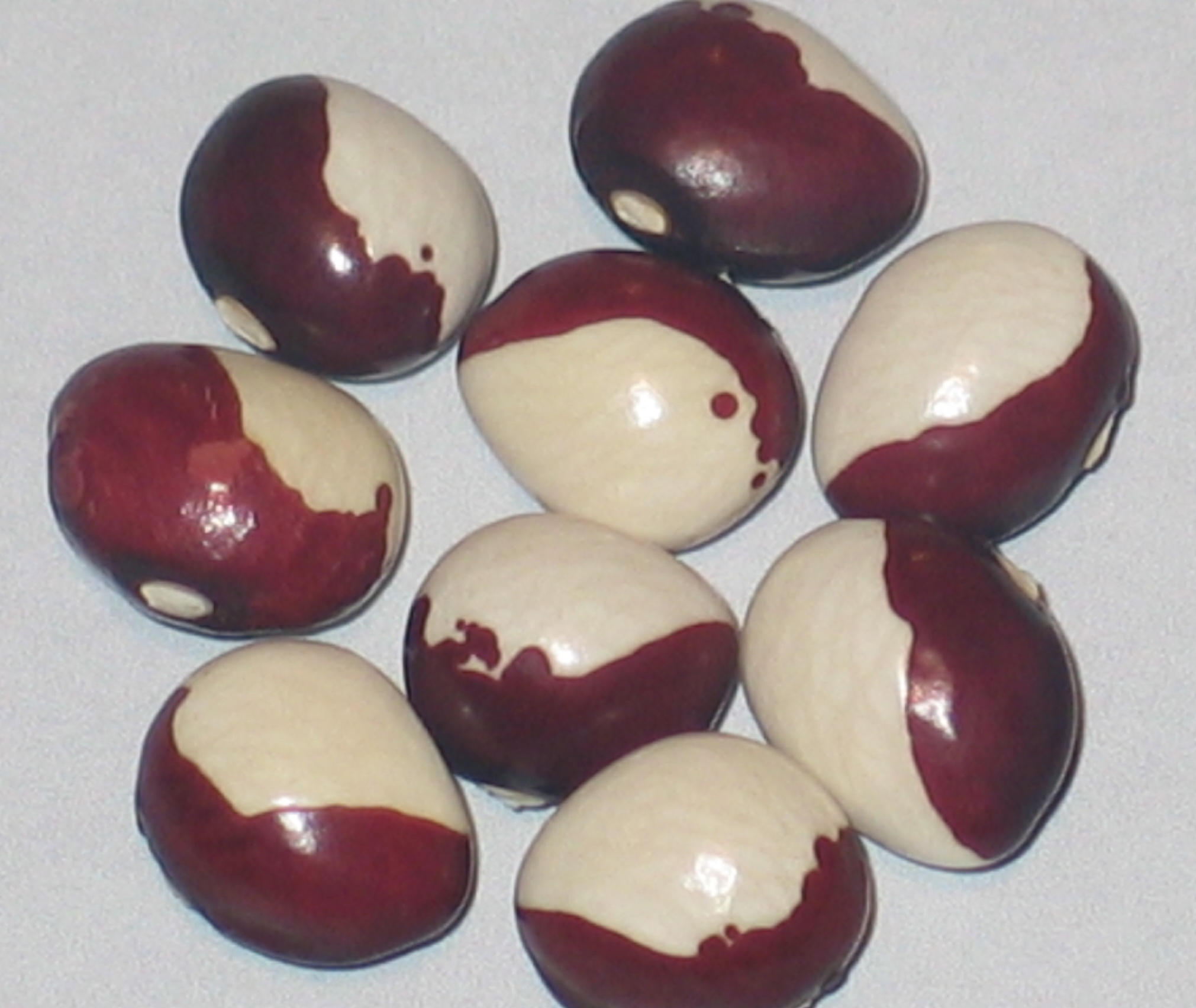
Aunt Jeans
Grown In '23 & 2024
Pole Dry. Said to have also been used as a snap bean which are tender and string free. It has also been claimed that the dry beans have the flavor of bacon. Origin of the variety is unknown.
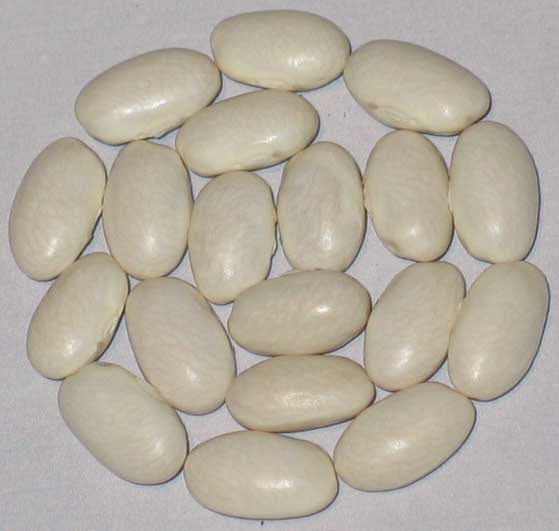
Aunt Maggie
Grown In 2024
Pole Snap. My seed donor is from Cynthiana, Kentucky.
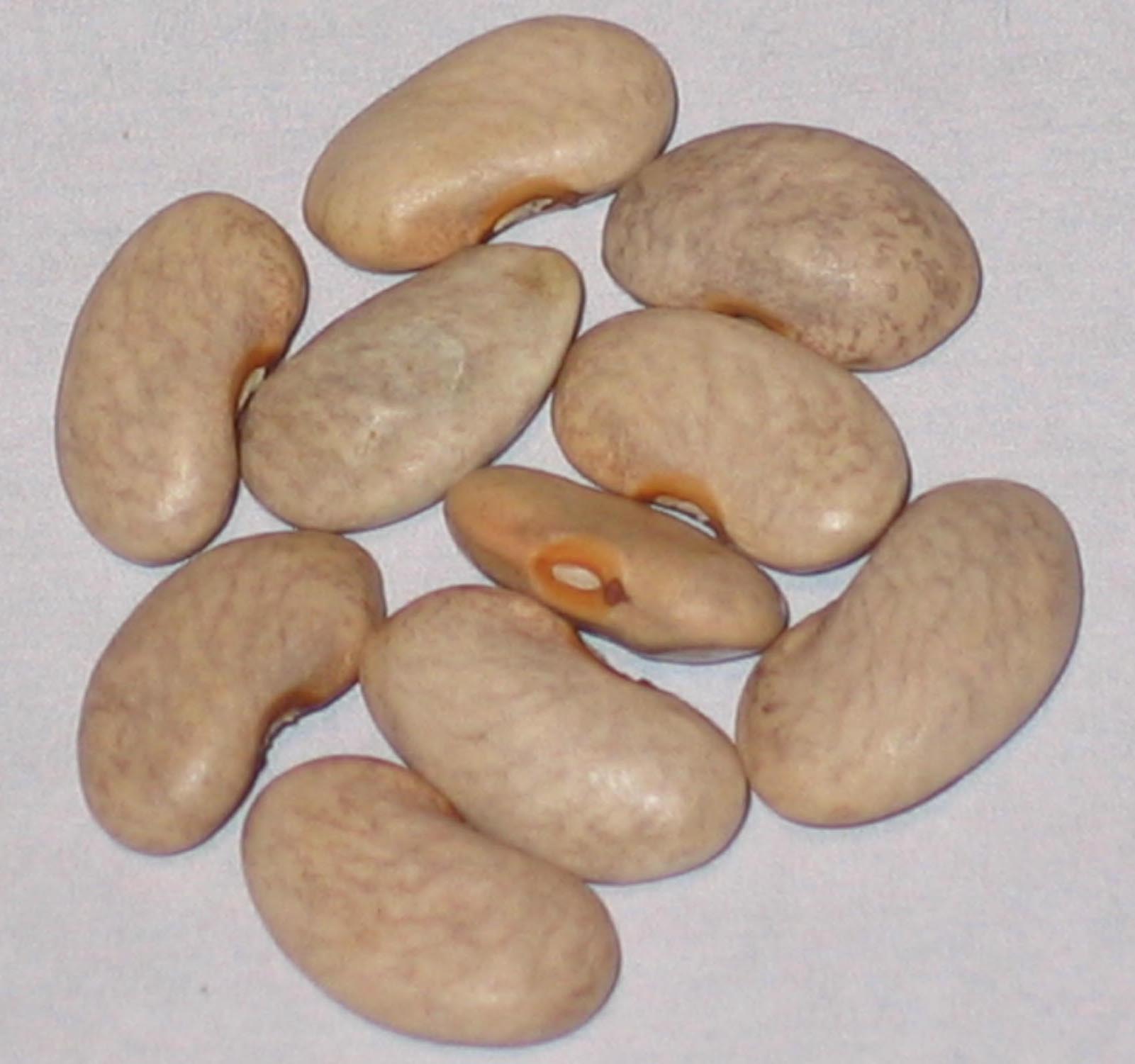
Auntie Wilder
Grown In '23 & 2024
Pole Snap. Dark purple pods said to be sweet and juicy and nearly 7 inches long. Plants have a strong climbing habit. Brought over from Sweden in the 1890’s to the state of Washington.
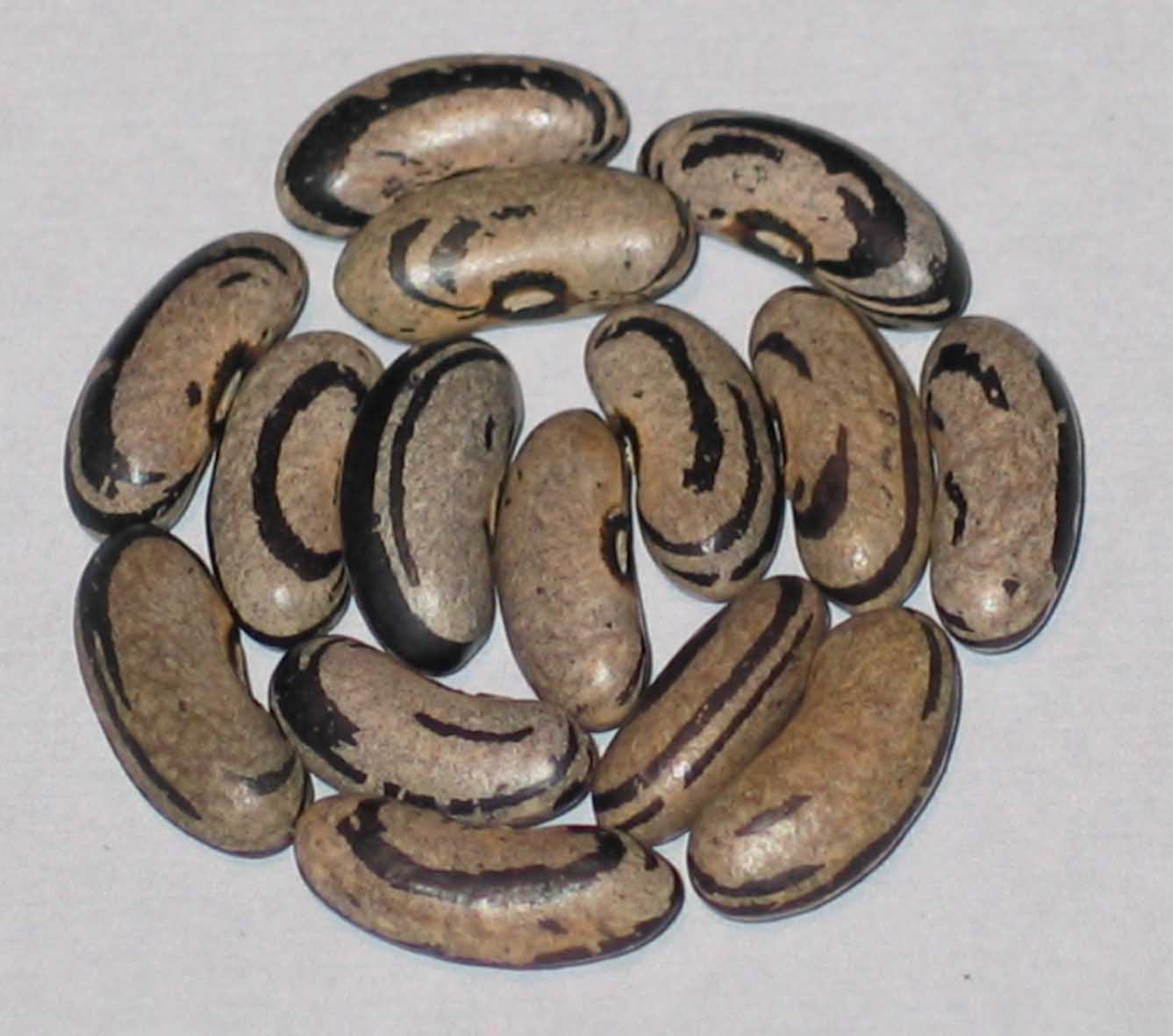
Awahsoh's Bear
Grown In '21 & 2023
Pole. Maybe a snap bean, but a grow out would tell us if this is the case for sure. Obtained this bean in 2022 from seed keeper Kris Hubbard of eastern Kentucky. Native variety.
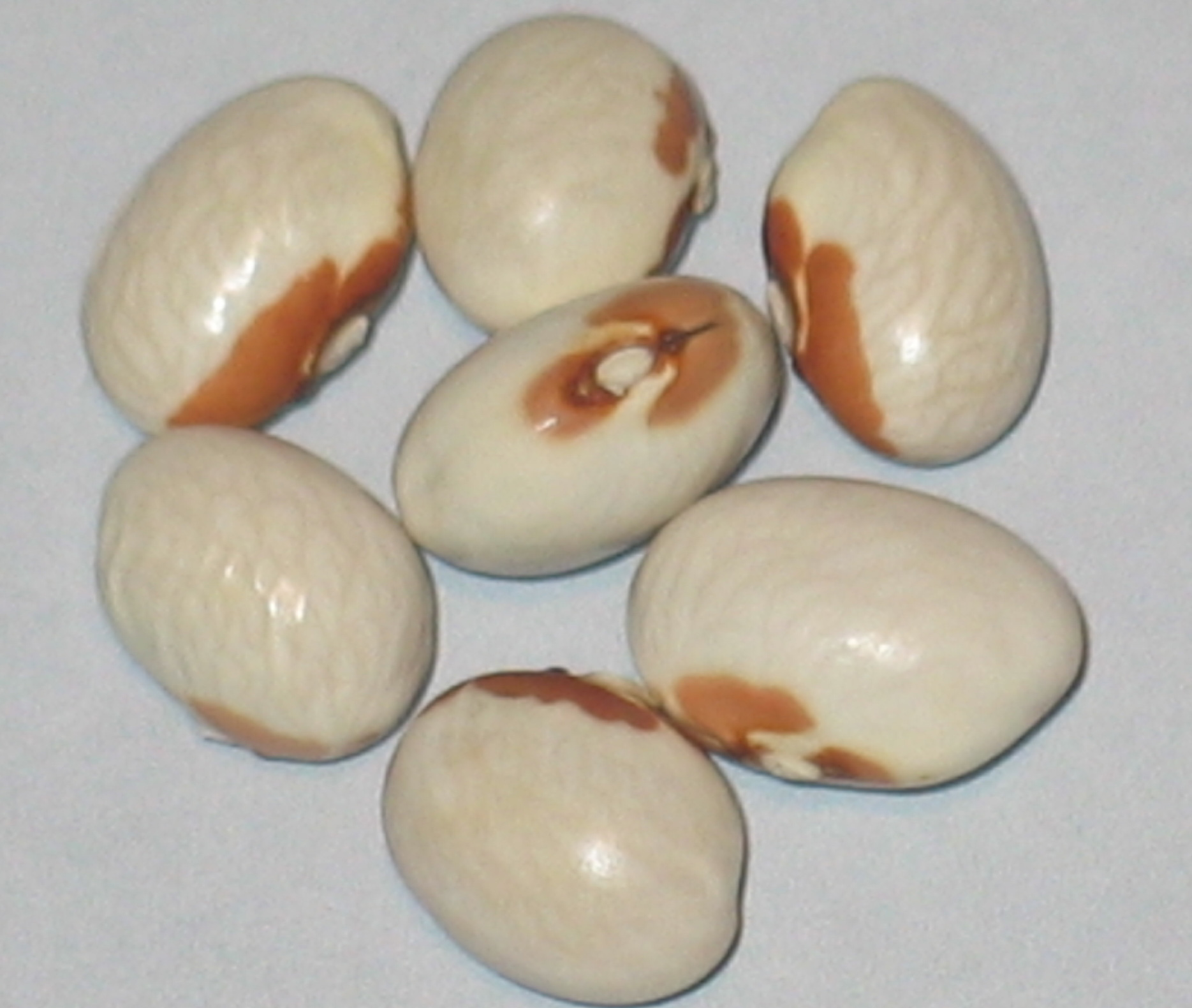
Badda Di Polizzi Bianca
Grown In 2017
Pole Dry. Badda di Polizzi is an heirloom bean from Sicily. There are two variations, a black and white ecotype and a brown and white although I would call the brown more yellow to my eye. My original donor was from Potter Valley California who sent samples of his entire collection to me in Decmber 2013.
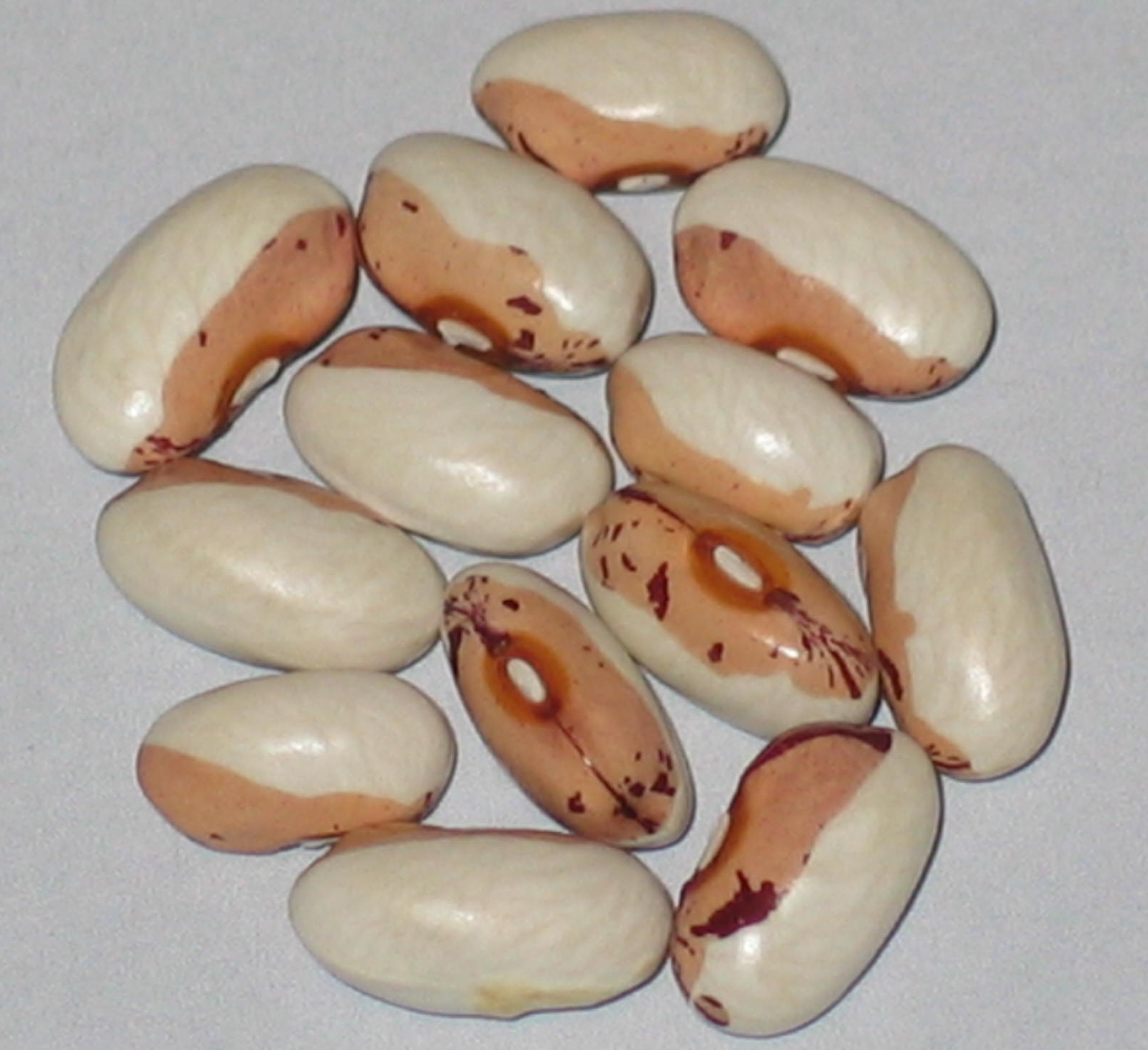
Badda di Polizzi Blanda Long Seed
Grown In 2018
Pole Dry. Of Sicilian origin. The California donor of this bean may have selected out a longer seeded version of Badda di Polizzi as an outcross. Speculation on my part but it is possible as the seed donor also was into outcrosses beans as well.
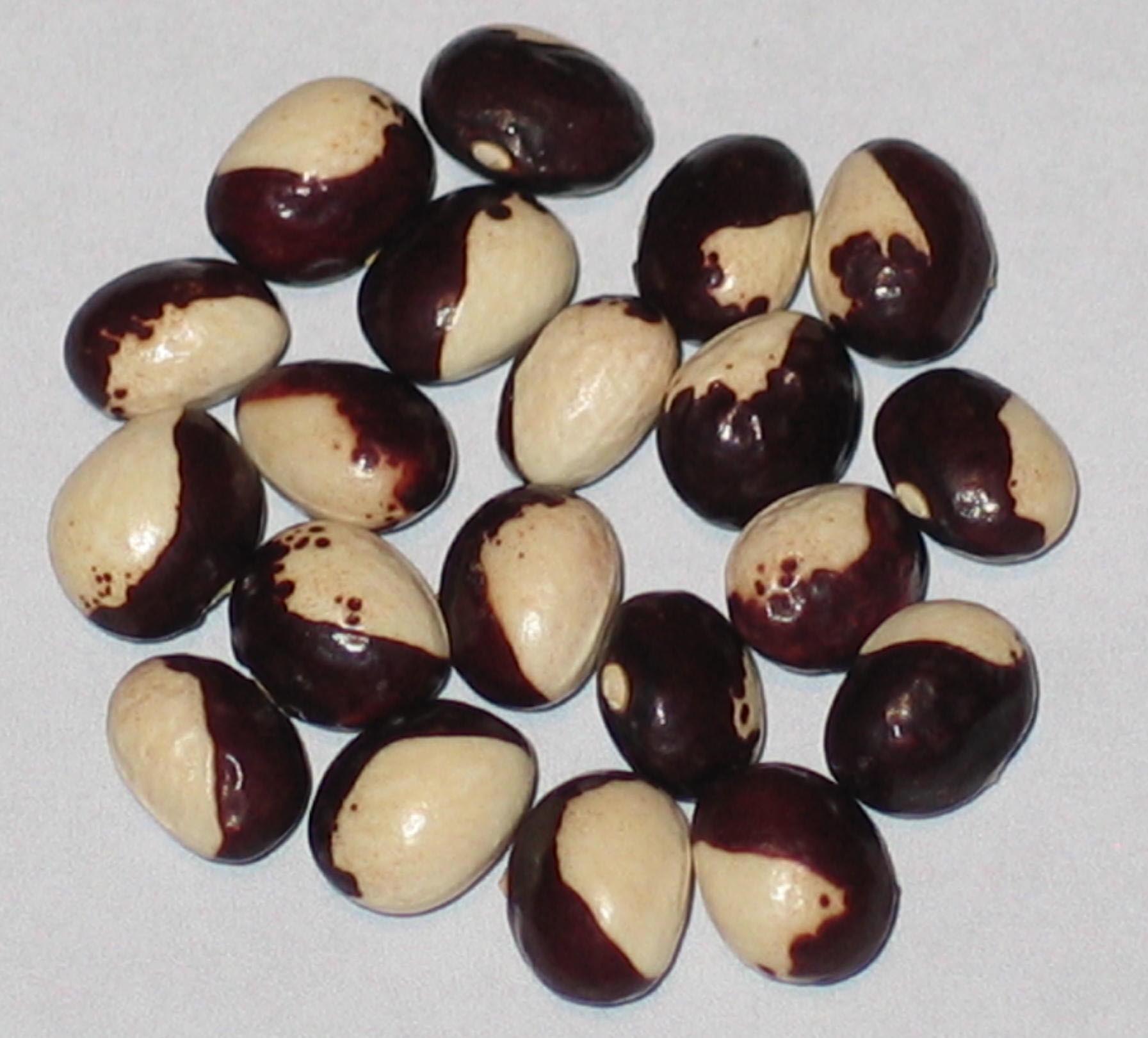
Badda Nera
Grown In 2021
Pole Dry. My seed donor is from Willich, Germany. The variety is a Sicillian heirloom.
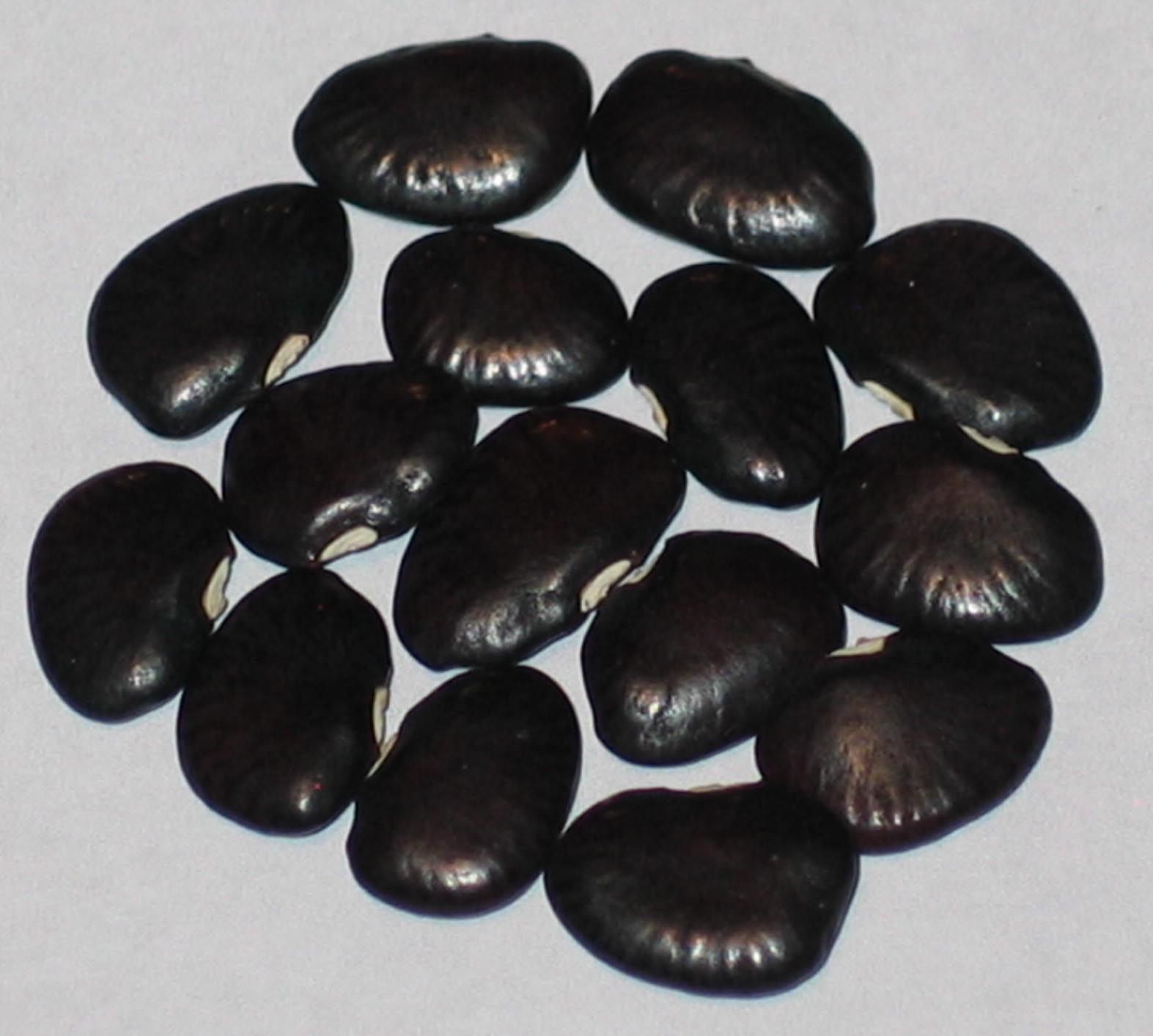
Bandy Black
Grown In ?
Pole Lima. Blossom White. Sometimes simply called Bandy. Said to have an earthy Flavor with a strong vining growth. From lima collector, grower Curt Burroughs of Memphis, Missouri 2019.
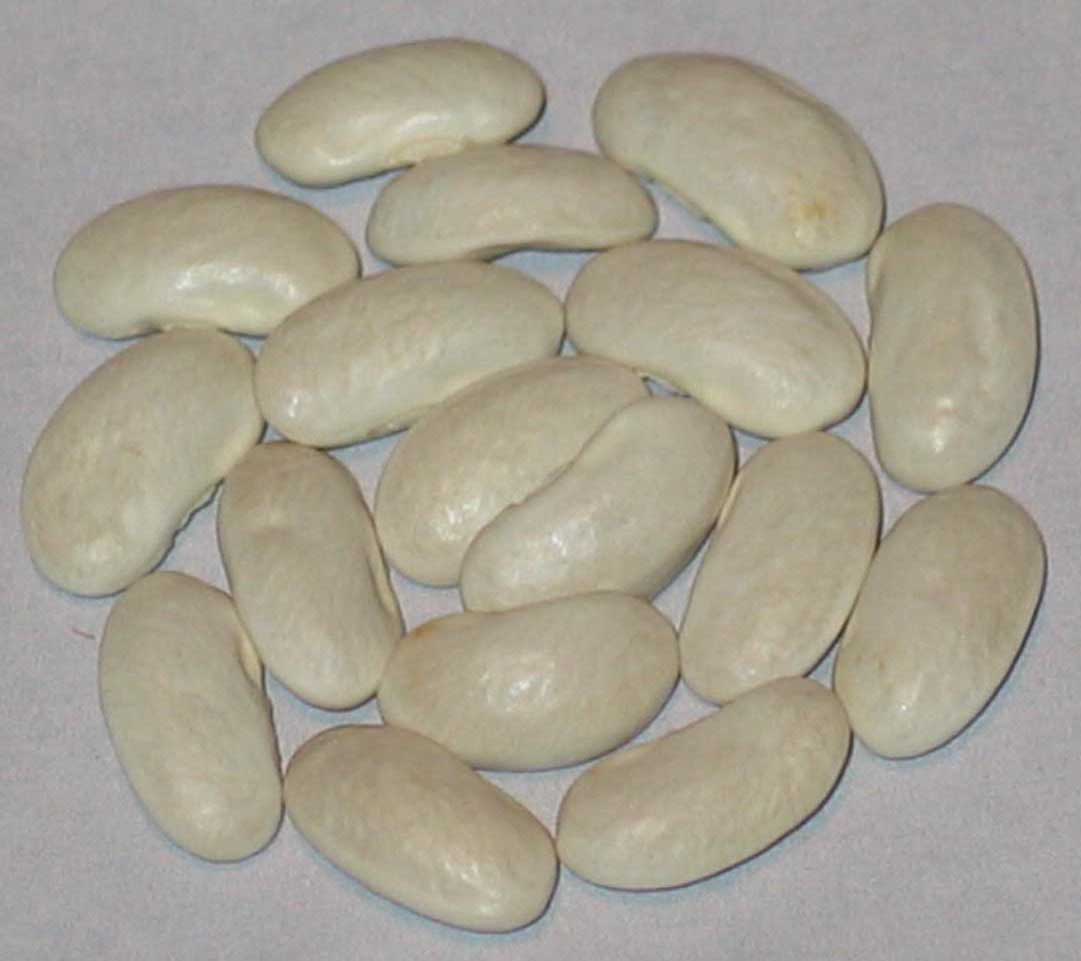
Barksdale
Grown In '20 & 2022
Pole Snap Wax. White blossoms and strong vinning tendency with pale yellow pods. Barksdale originates in the garden of Lavera Hawsclaw. The aunt of Salem, Illinois gardener Claude Barksdale. At the age of 101 Lavera had given seed of this bean she had grown for a half century to her nephew Claude who grew this family heirloom for many seasons. Sharing the bean with neighbors and many others through the years. Barksdale is a great example of family seed stewardship at it’s best. The bean has become known far and wide as it was donated to this collection by Annette Barley in 2016 of Nanaimo, British Columbia, Canada. The town sits on Victoria Island.
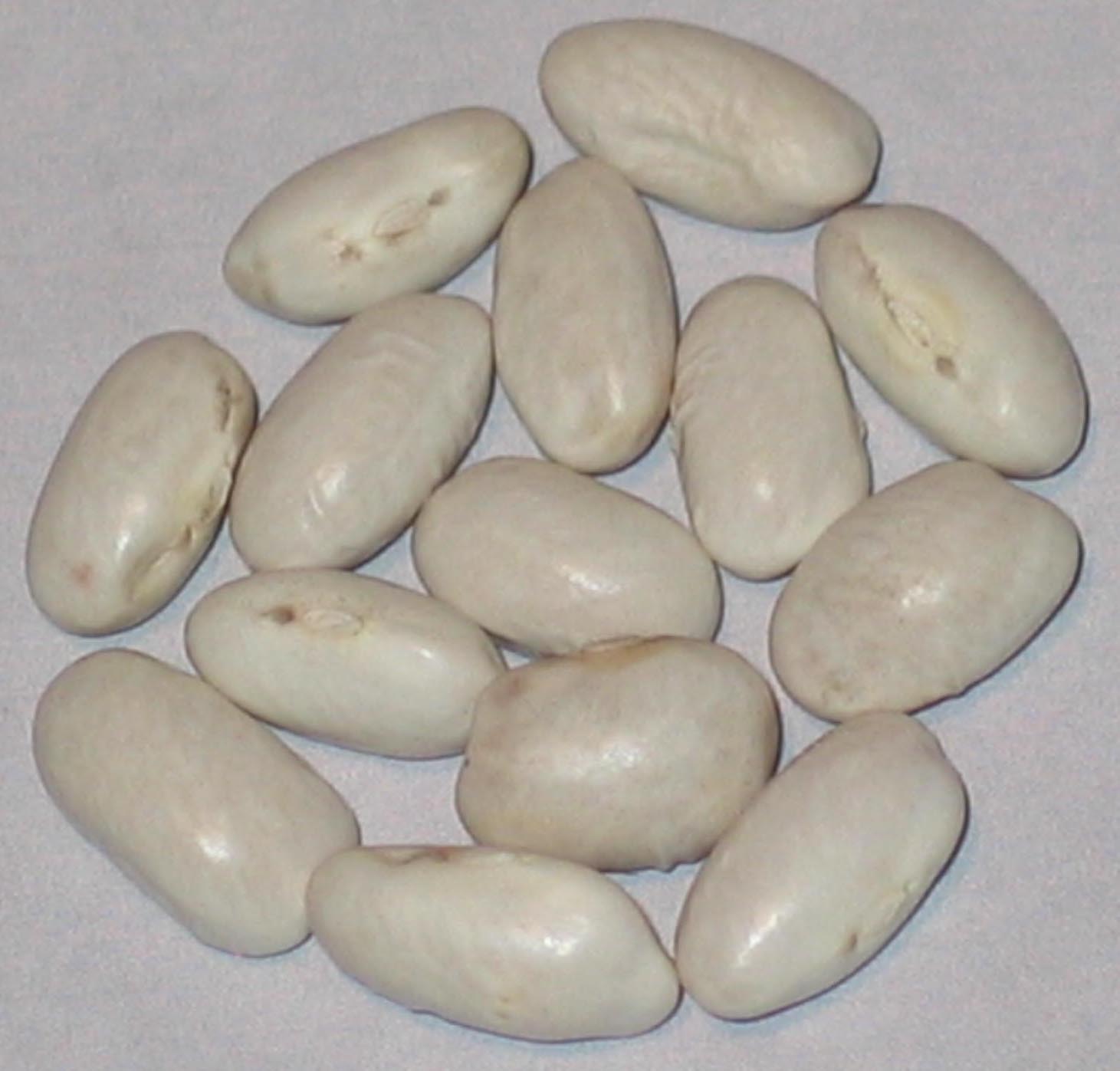
Barnes Mountain
Grown In '21 & 2023
Pole/Snap/Dry. Traditionally planted in cornfields. Round poded. The bean originates near Barnes Mountain in Estil county Kentucky. Young green pods are delicious and dry beans cook fast.
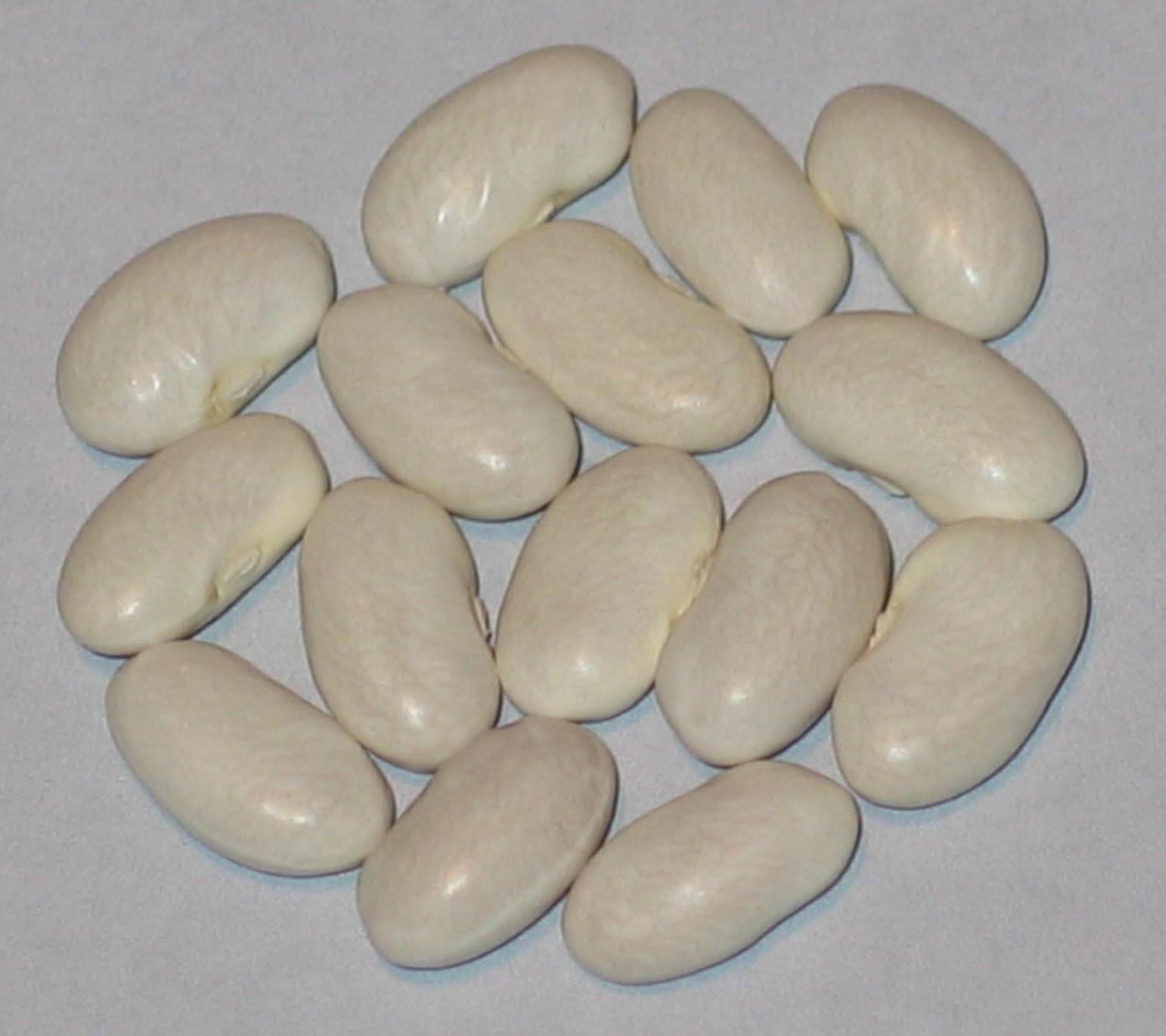
Barry Island
Grown In ’21,'22 & 2024
Pole Snap Bean originates in Wales. Produces long 8.5 inch flattened pods tender and stringless. Donated by Annette Barley in 2016 of Nanaimo, British Columbia, Canada.
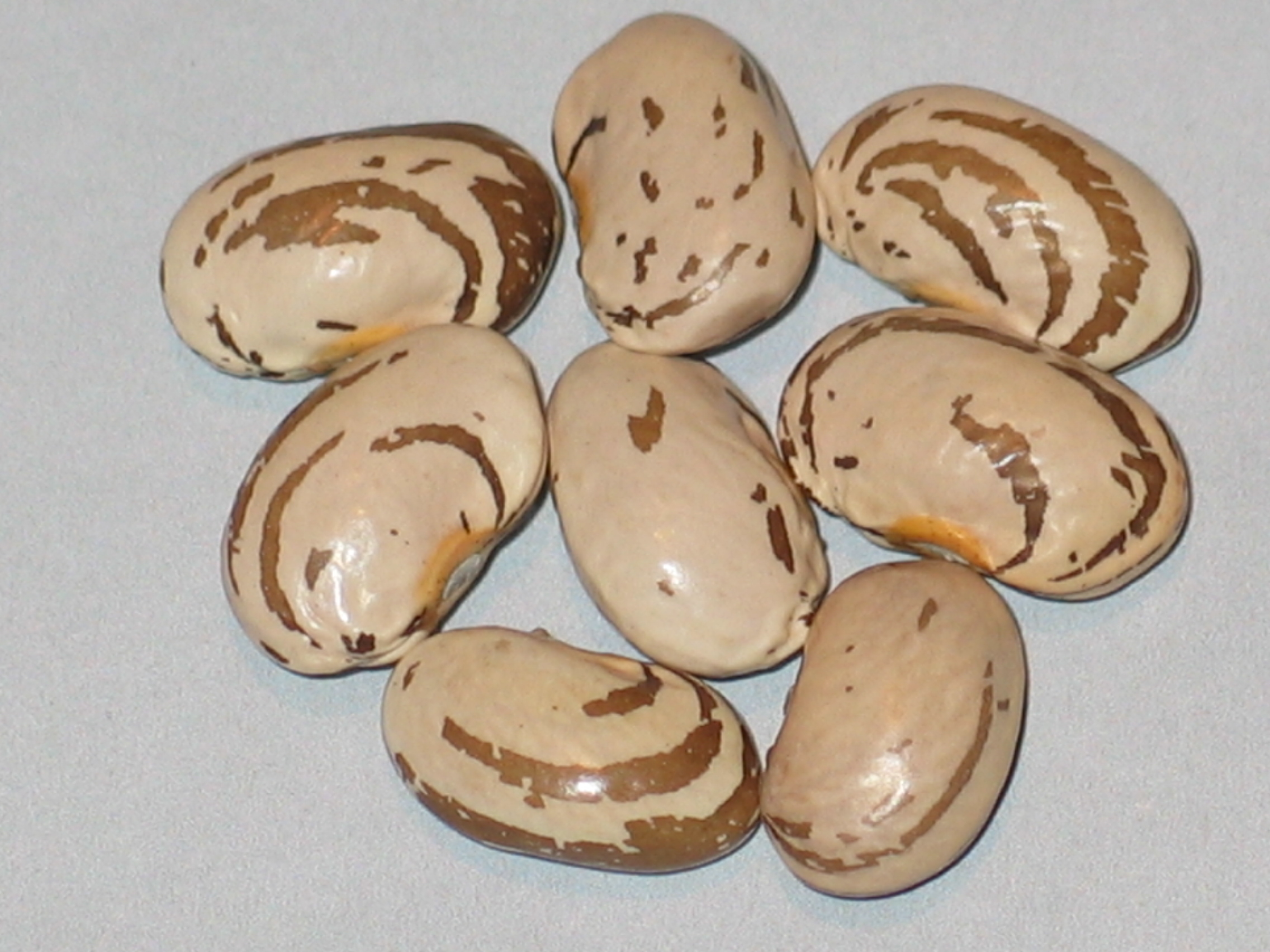
Batumi Giant
Grown In '17,'18 & 2024
Pole Dry. One of the many bean varieties brought back from Europe by Joseph Simcox “The Botanical Explorer’. My seed donor is from Marion, Iowa, 2017.
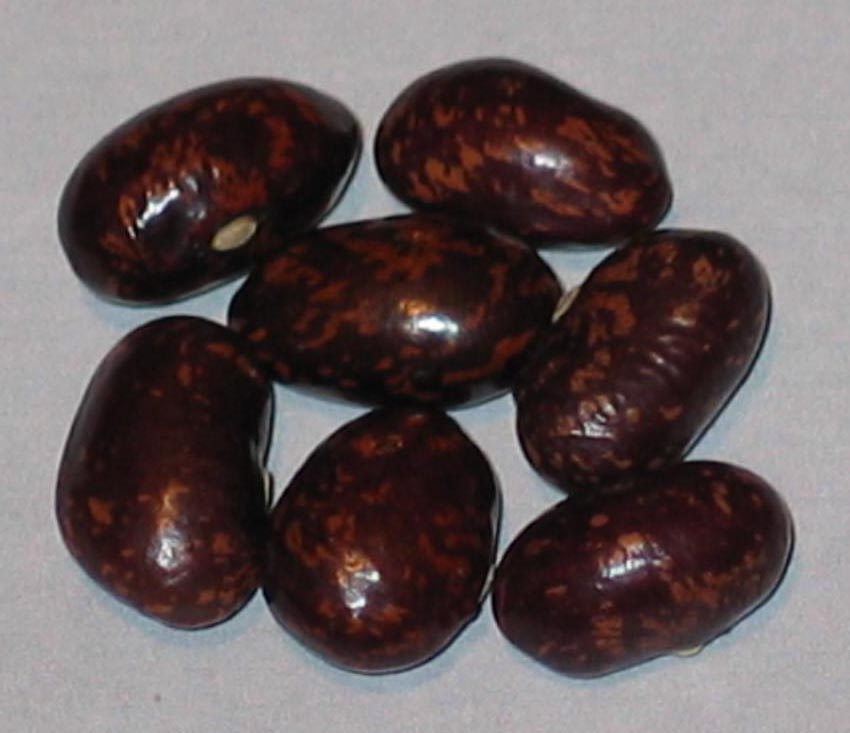
Batumi Georgia
Grown in ?
Pole Dry. Collected by Joseph Simcox “The Botanical Explorer” in the country of Georgia. I’m sure the names simply represents the area of Georgia where the ean was found. Probably not it’s actual name,
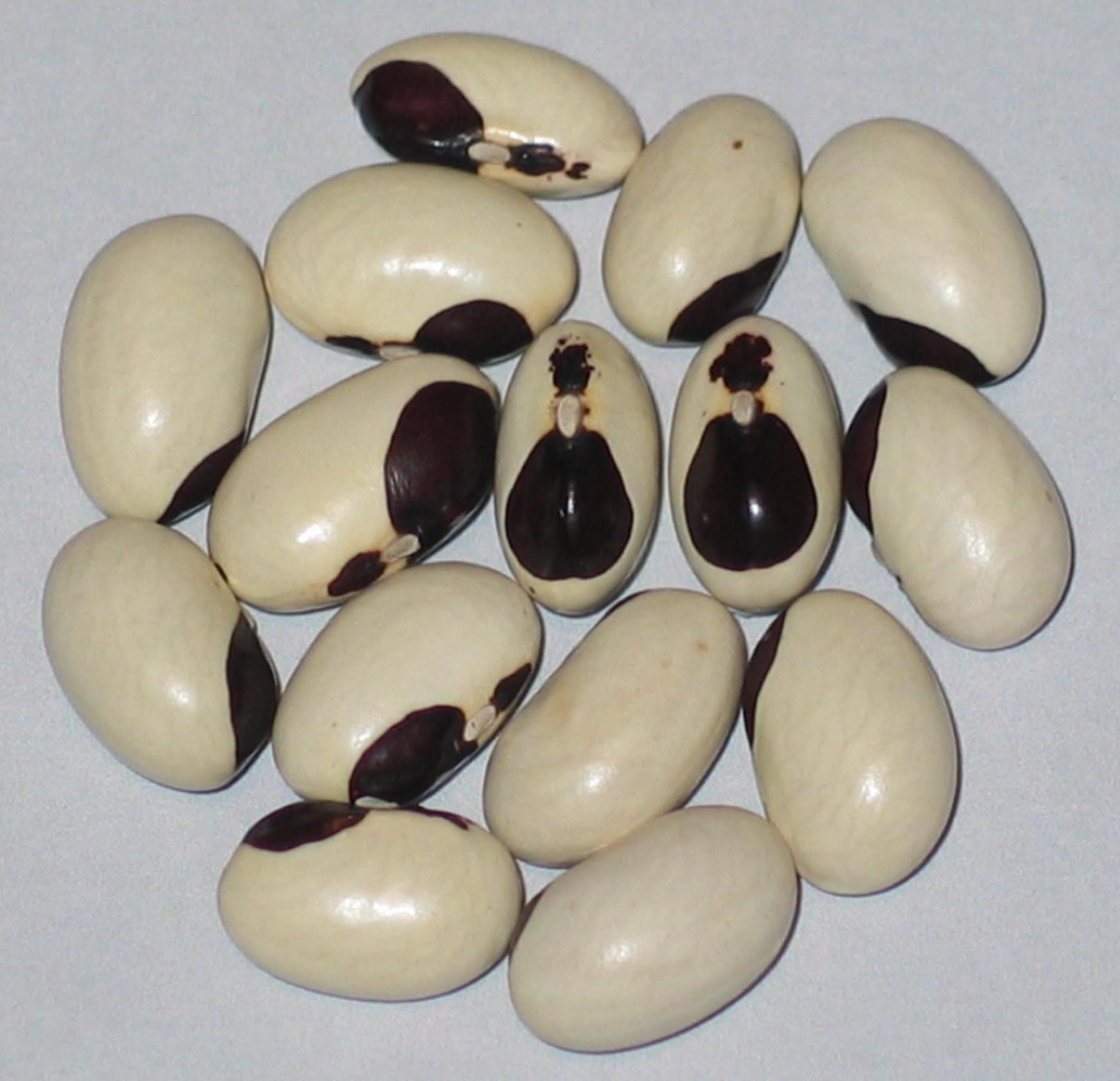
Batumi Georgia 1
ALL SEED IS OUT TO GROWER
Pole Dry. Collected by Joseph Simcox “The Botanical Explorer” in the country of Georgia. I’m sure the names simply represents the area of Georgia where the bean was found. Probably not it’s actual name.
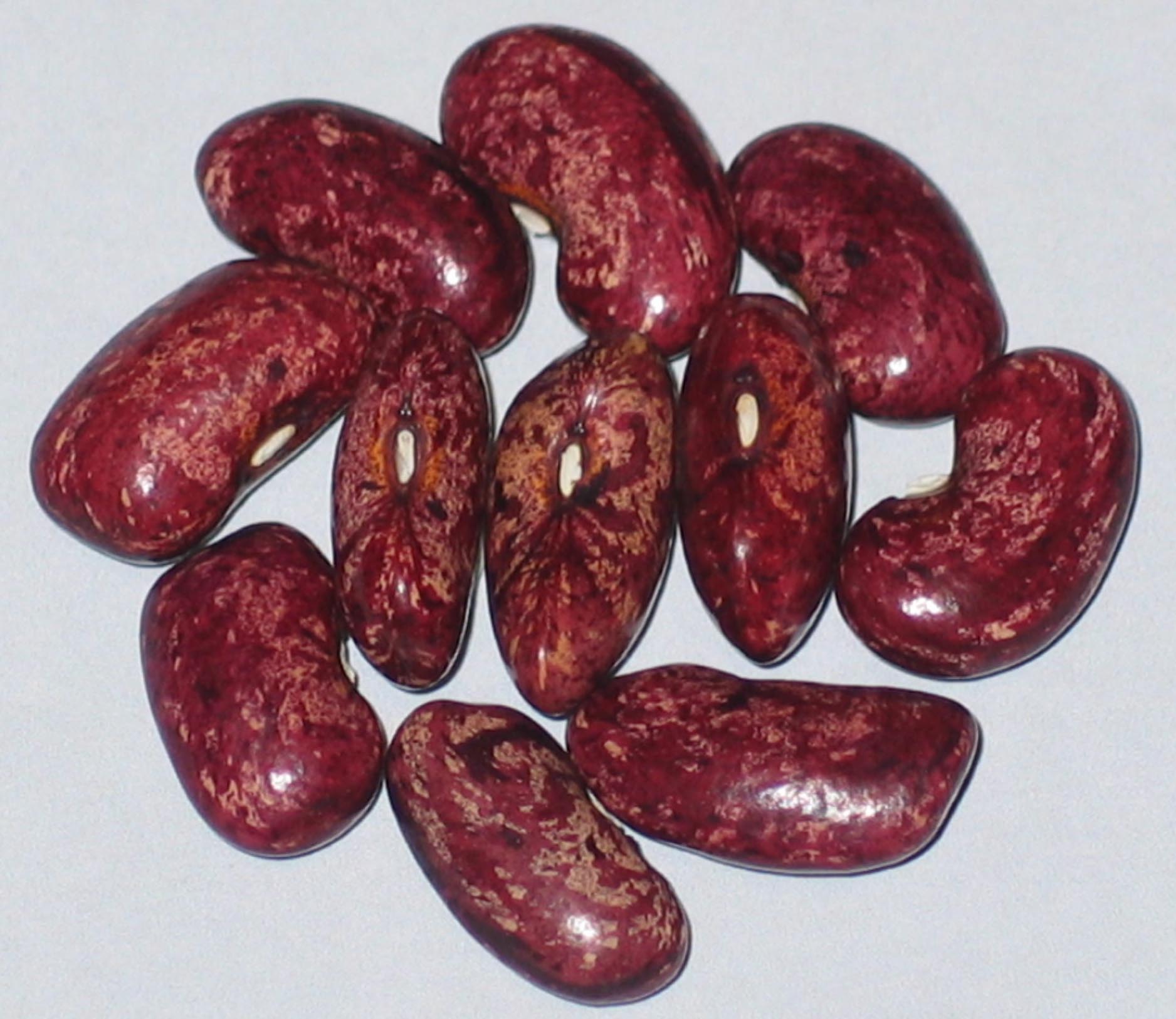
Batumi Georgia 2
Grown In 2022
Pole Dry. Collected by Joseph Simcox “The Botanical Explorer” in the country of Georgia. I’m sure the names simply represents the area of Georgia where the bean was found. Probably not it’s actual name.
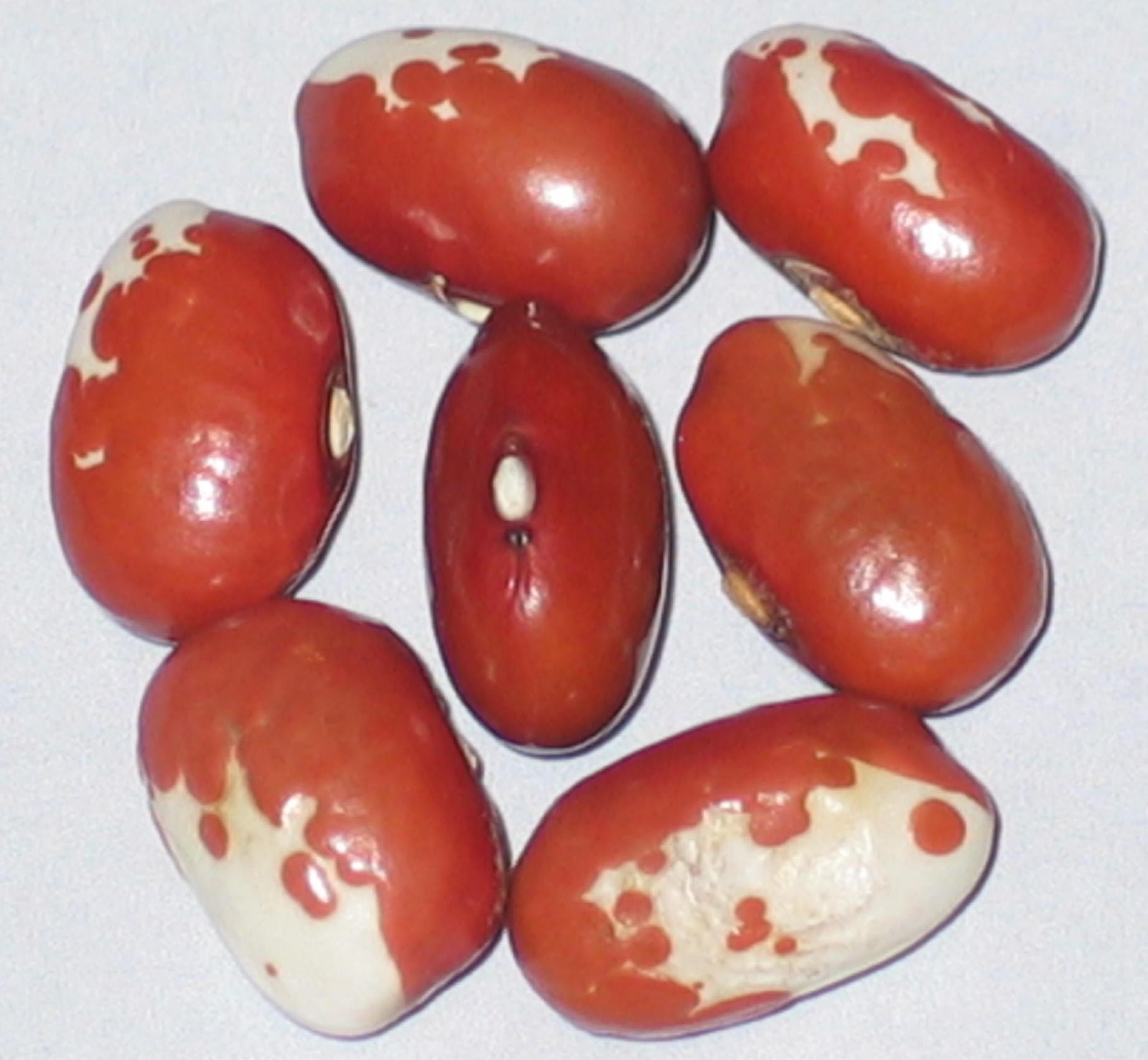
Batumi Georgia 3
All Seed Is Out To Grower
Pole Dry. Collected by Joseph Simcox “The Botanical Explorer” in the country of Georgia. I’m sure the names simply represents the area of Georgia where the bean was found. Probably not it’s actual name.
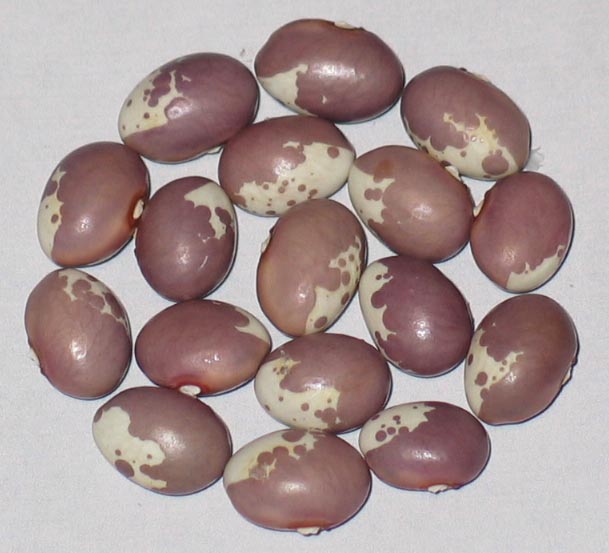
Batumi Georgia 4
Grown In 2024
Pole Dry. Collected by Joseph Simcox “The Botanical Explorer” in the country of Georgia. I’m sure the names simply represents the area of Georgia where the bean was found. Probably not it’s actual name.
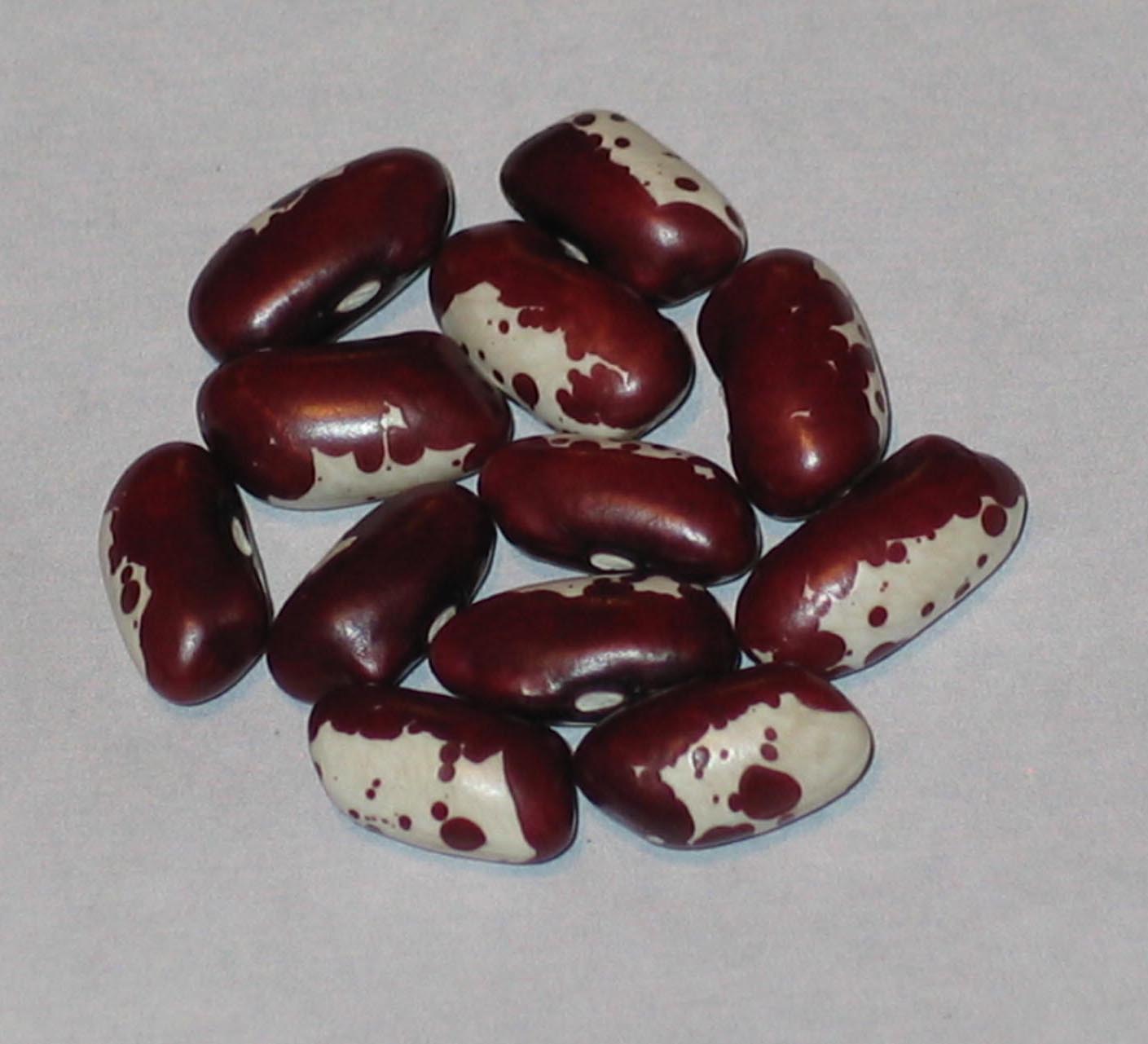
Batumi Silk
Grown In '15 & 2023
Pole Dry. One of the many bean varieties brought back from Europe by Joseph Simcox “The Botanical Explorer’. Likely collected near the vicinity of Batumi, Georgia.
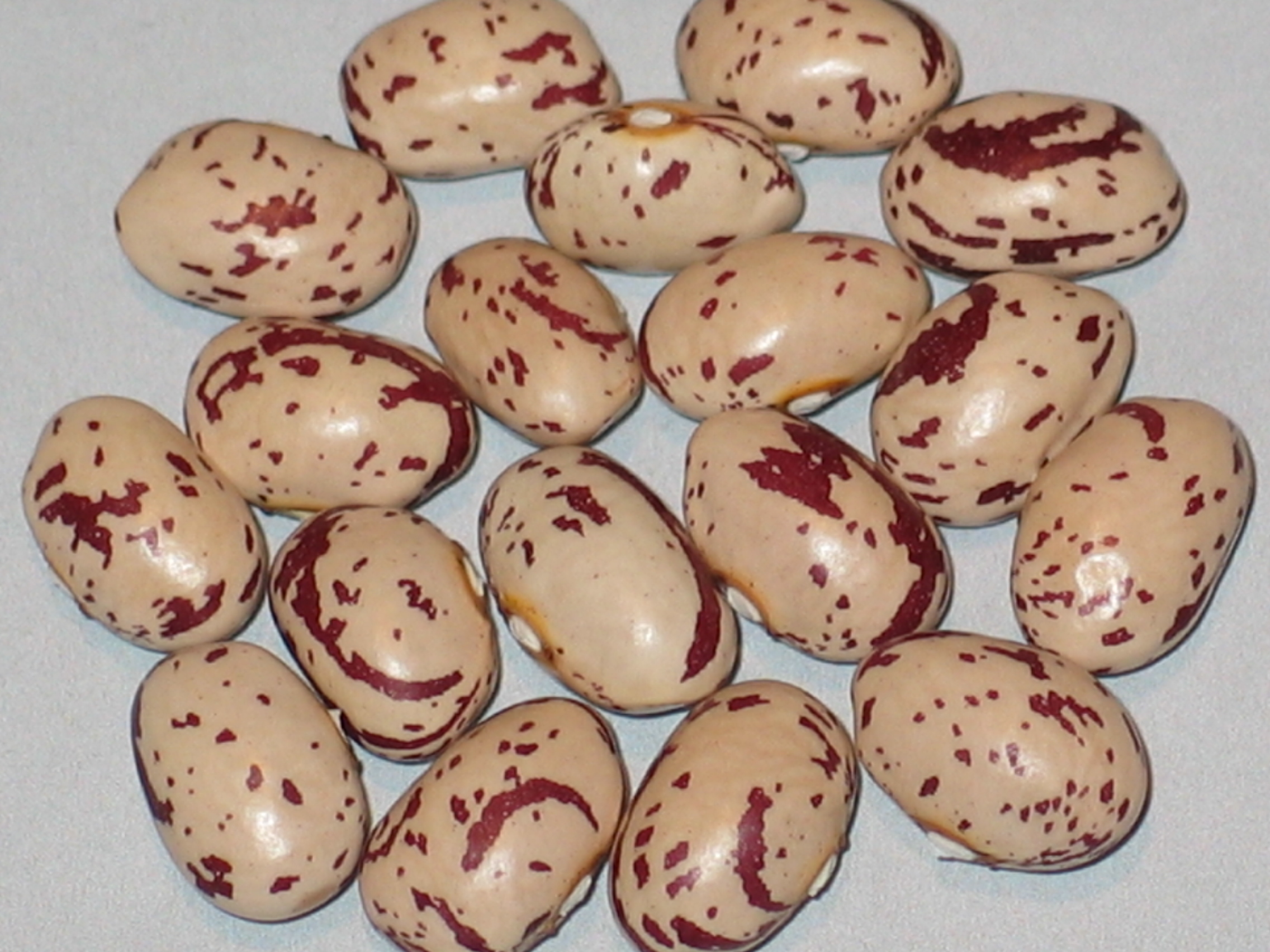
Beauty Pod
Grown In '17 & 2018
Pole Dry. A horticultural or cranberry bean borlotti type. Original donor was from Potter Valley, California. who states he got them from a friend who received them from an old Italian man who lived in Sonoma county California who really had no name for this bean.

Belgium
Grown In 2022
Pole Dry. Yellow blossoms. Pods are 6 to 8 inches long and green. Very productive. My seed donor is Gene Forster of Norris City, Illinois 2023
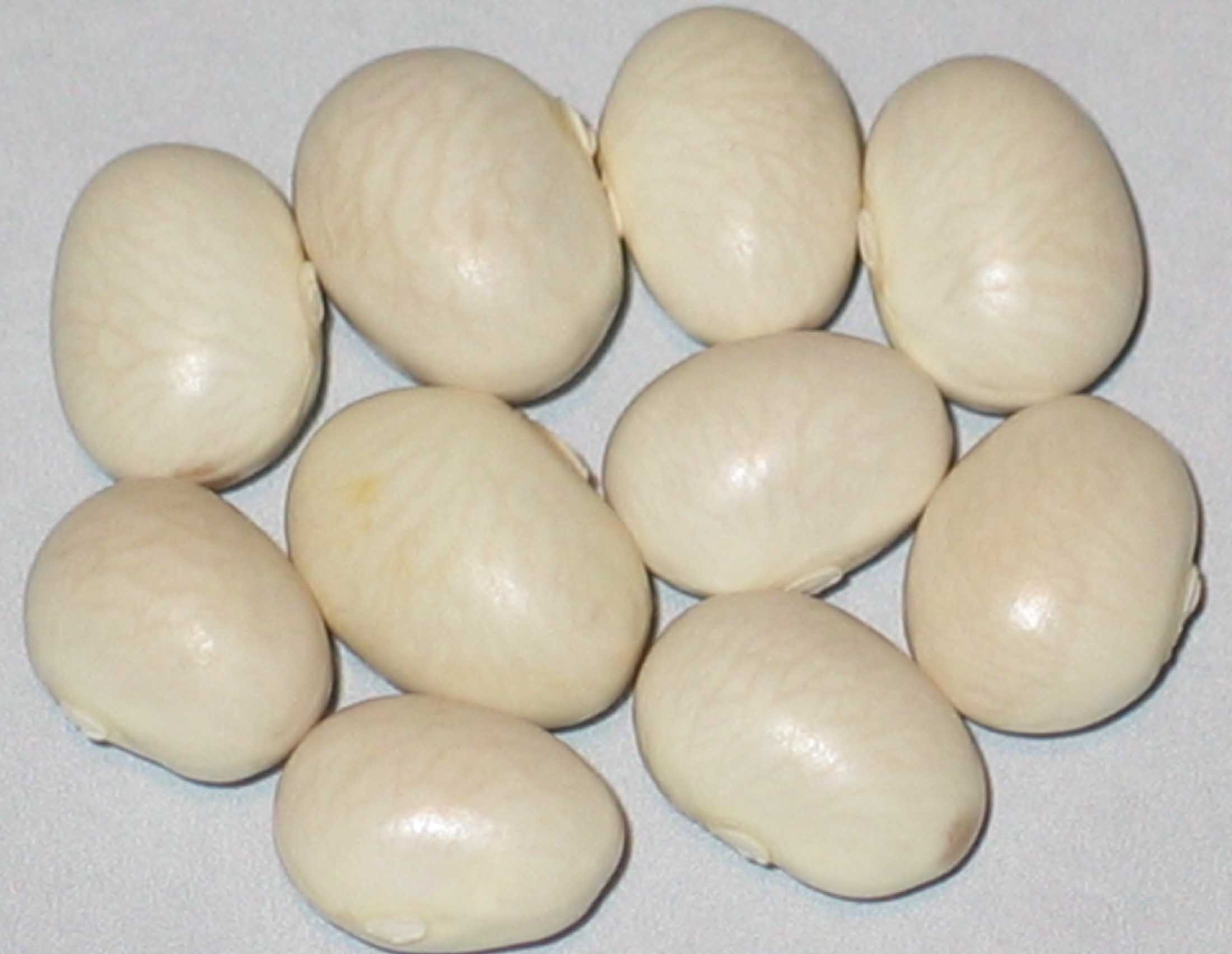
Belgische Suppenbohne
Grown In ’21 & 2024
Bush Dry. It's name interprets into English as Belgian soup bean which would definitely indicate it's origin. White seeded beans are very mild in flavor as the seed coat of white beans do not contain much in the way of flavanoids. Sent to me by a grower from Liebenfels, Austria.
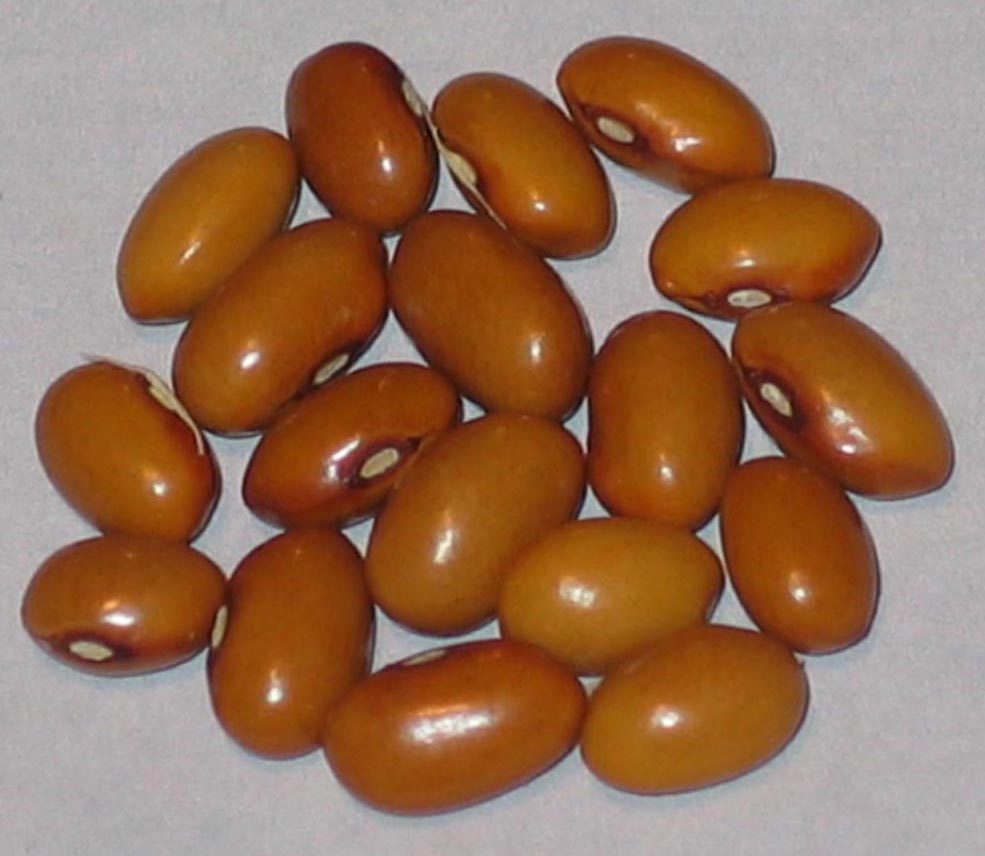
Beurre Dore
Grown In ?
Bush variety. Origin France. Usage is unknown. Collected from the USDA seed bank by Joseph Simcox.
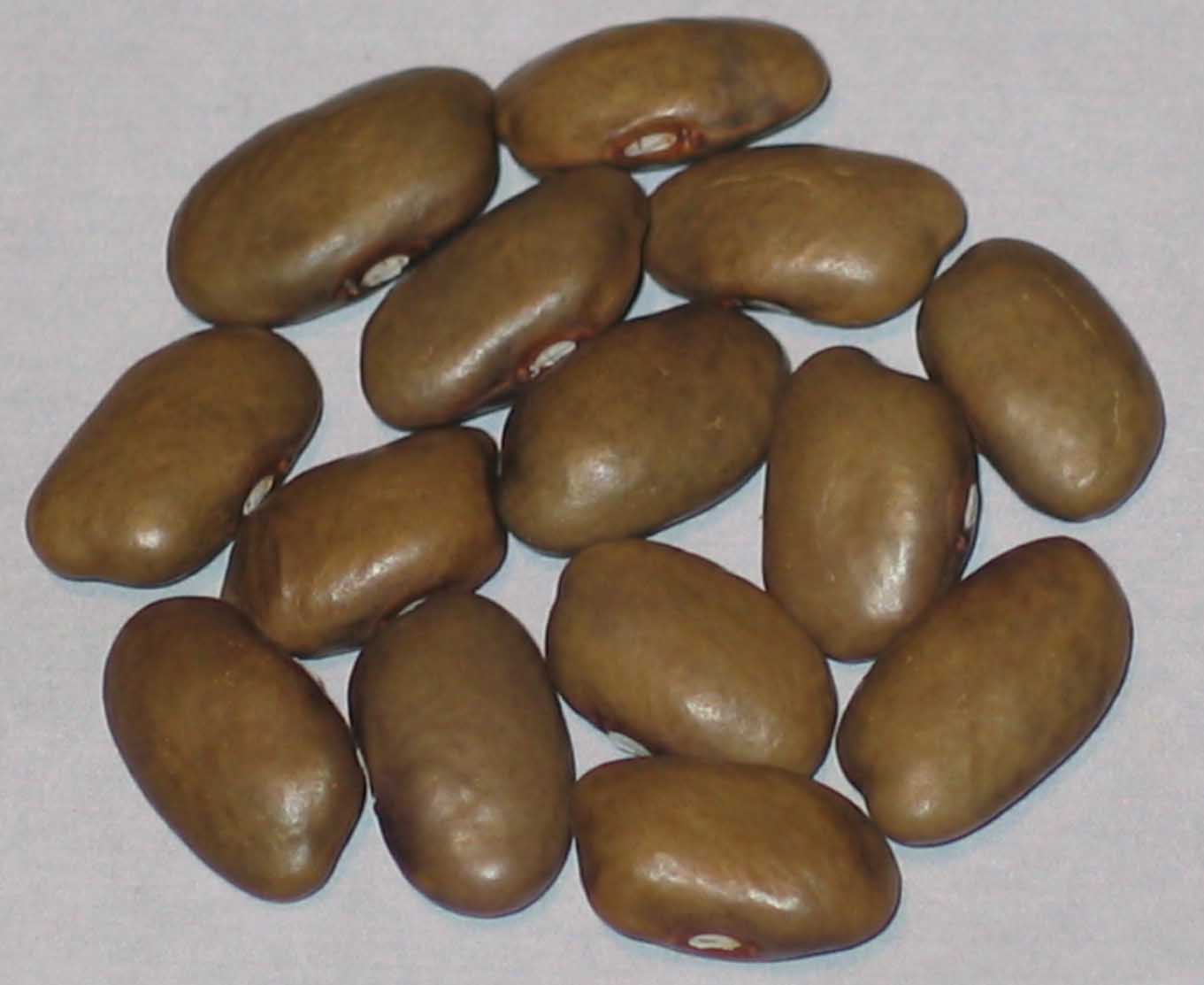
Big Brown
Grown In ?
Pole/Dry/Shelling. Donated to Seed Savers Exchange Heritage Farm in 1981 by John Witheee the famous bean collector of his Wanigan Associates bean network. The bean comes from a Phil Appleby of the state of Washington who’s family had grown it likely through much of the 20th century. Pods of this variety are 5.8 to 7.9 inches long when fully mature. Color is light yellow with a light pink blush.
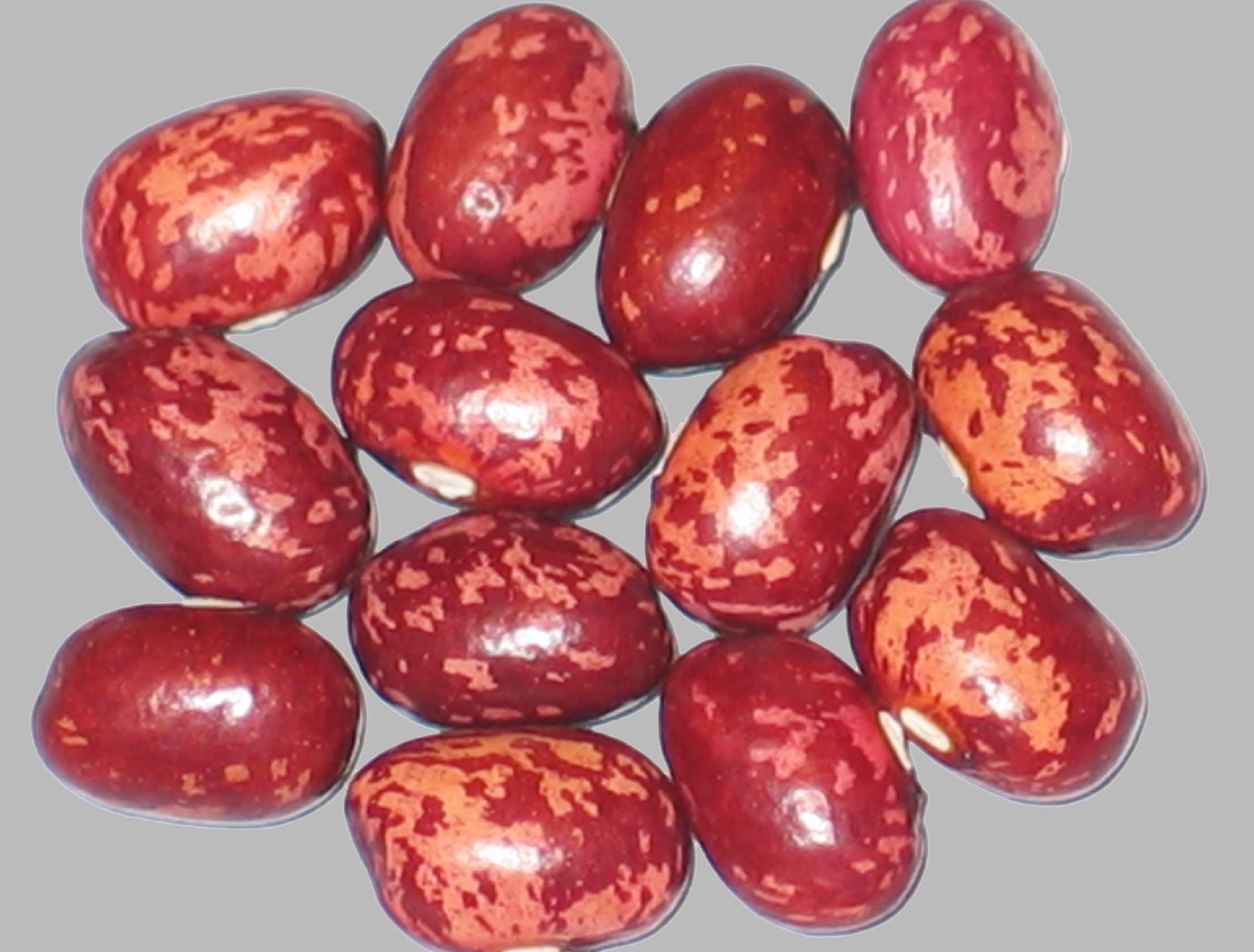
Bizanna
Grown In '16,'21 & 2023
Bush Dry. Very productive variety can be picked young as a snap bean. Best use is probably as a dry bean. My original donor for this bean was Sean Freeman of Living Seeds in South Africa 2013.
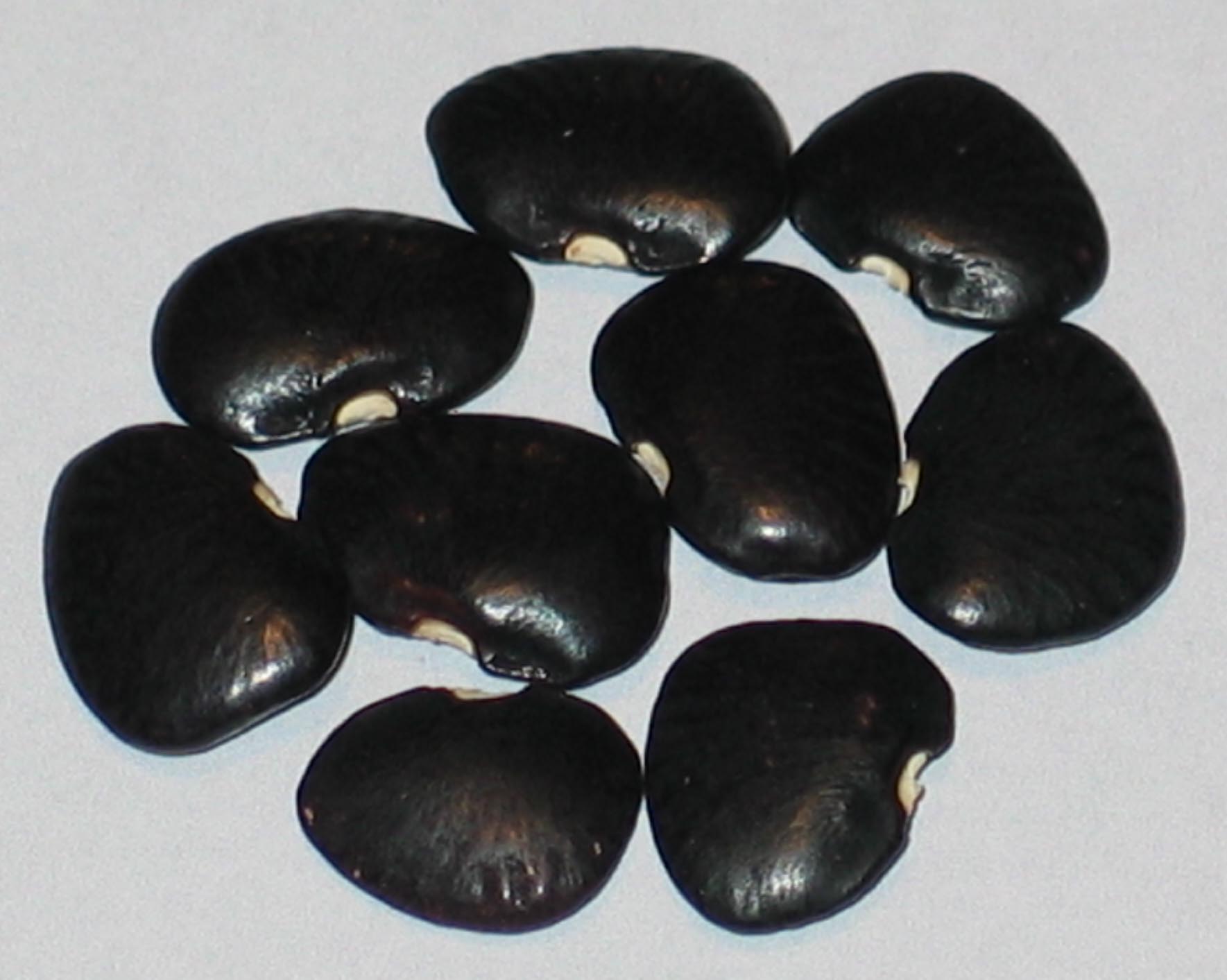
Black Butterbean
Grown In 2020
Pole Lima. My original source is John Coykendall of Knoxville, Tennessee. John is the author of the book "Preserving Our Roots: My Journey to Save Seeds and Stories". The bean is originally from Ohatchee, Alabama where it was grown by the same family for a number of generations.
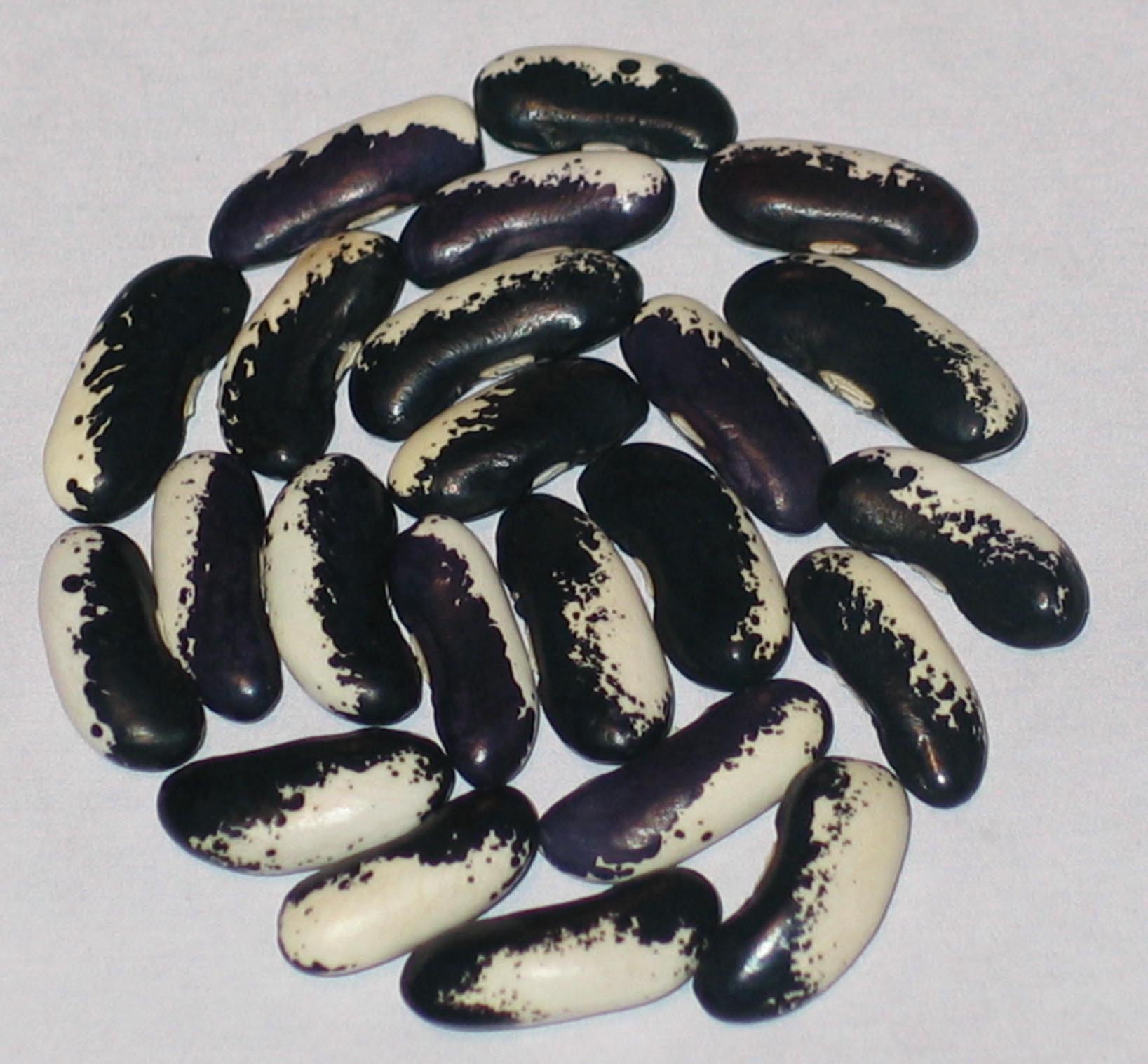
Black Gem
Grown ’12,’14,’16 & 2022
Bush Dry. Originally obtained this bean when it was mixed into a seed sample from a Maine grower as a Seed Saver Exchange seed request I had made. Sent the grower a photo of the seed and they tried to tell me it was Magpie. I could obviously see that it was not. Although having similar color and pattern the seed was larger and much longer. Plants grow tall about 22 inches or more. Not stable yet but I thought if network growers want to give this one a try maybe it can be stablized faster than I can. It has segregated also into a brown and white seed and some shorter fatter seeds. Longer seed I like the best. Named by Russell Crow in 2012
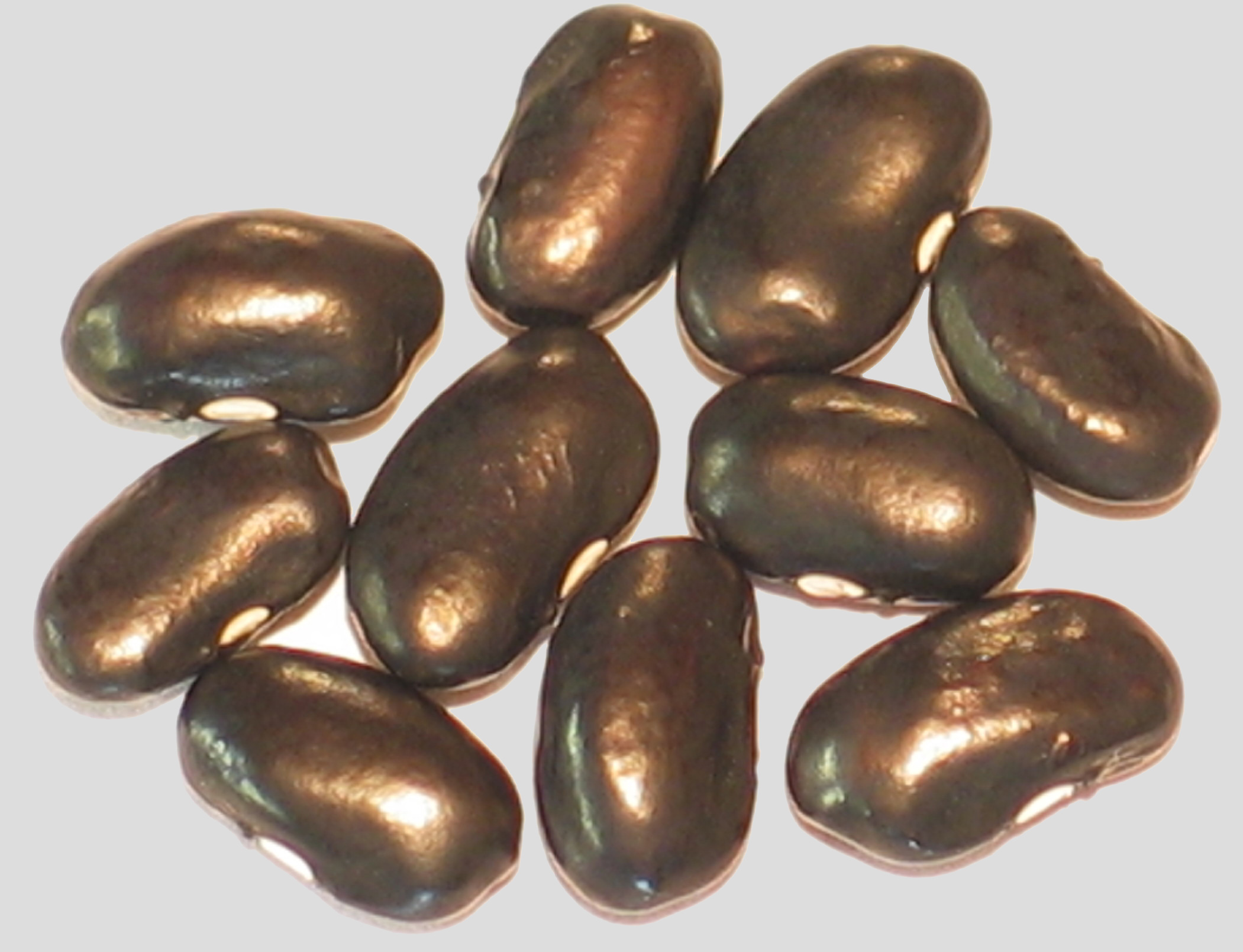
Black Super Nova
Grown ’19 & 2020
Pole Dry. My original donor is from Potter Valley, California. I believe this bean is one of that donors original named beans discovered as an outcross.
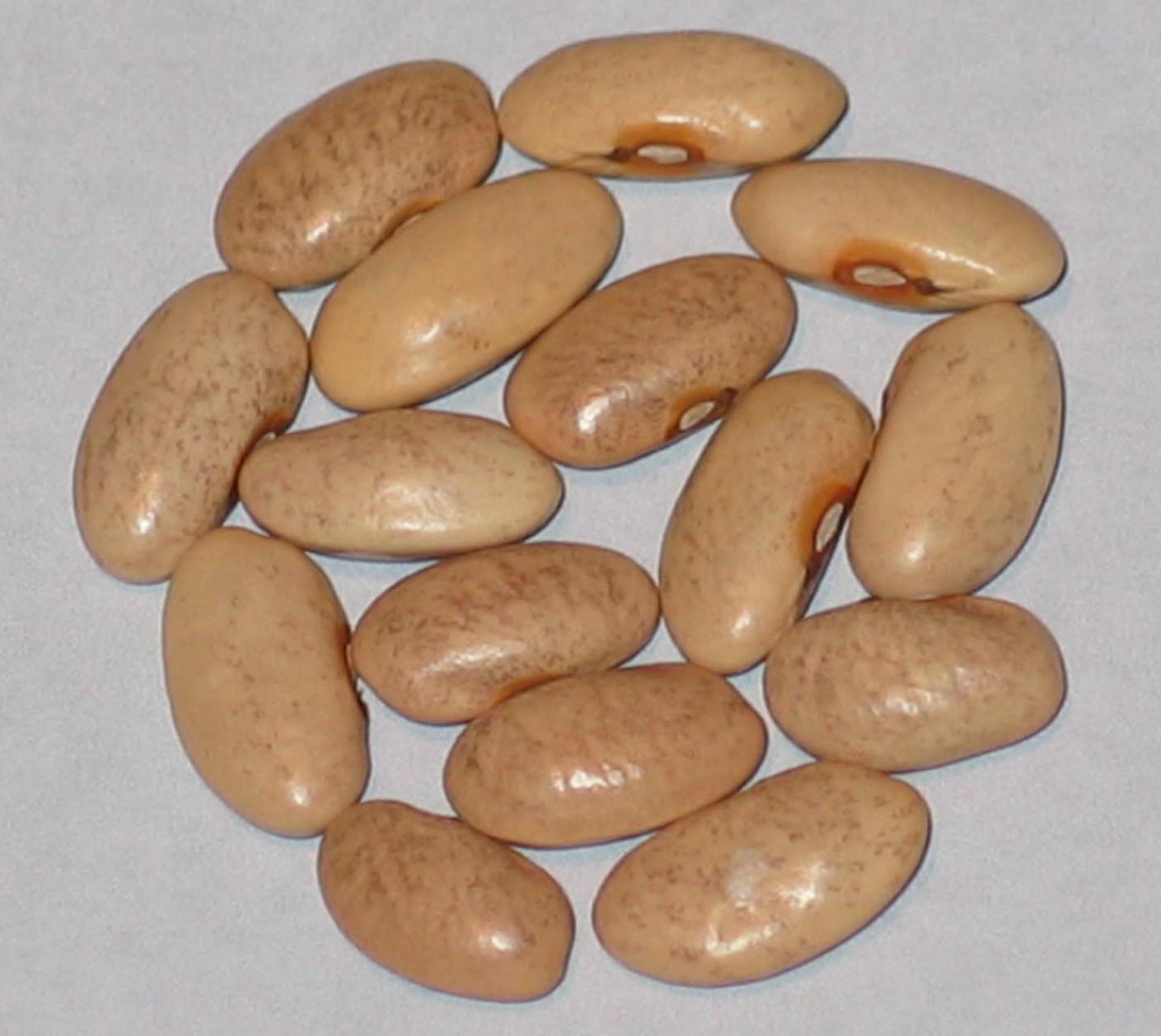
Blauhilde
Grown '20 & 2023
Pole Snap. Purple pods and blossoms. Said to tolerate drought well. Donated in 2021 by Tara Clement of Sudbury, Ontario, Canada
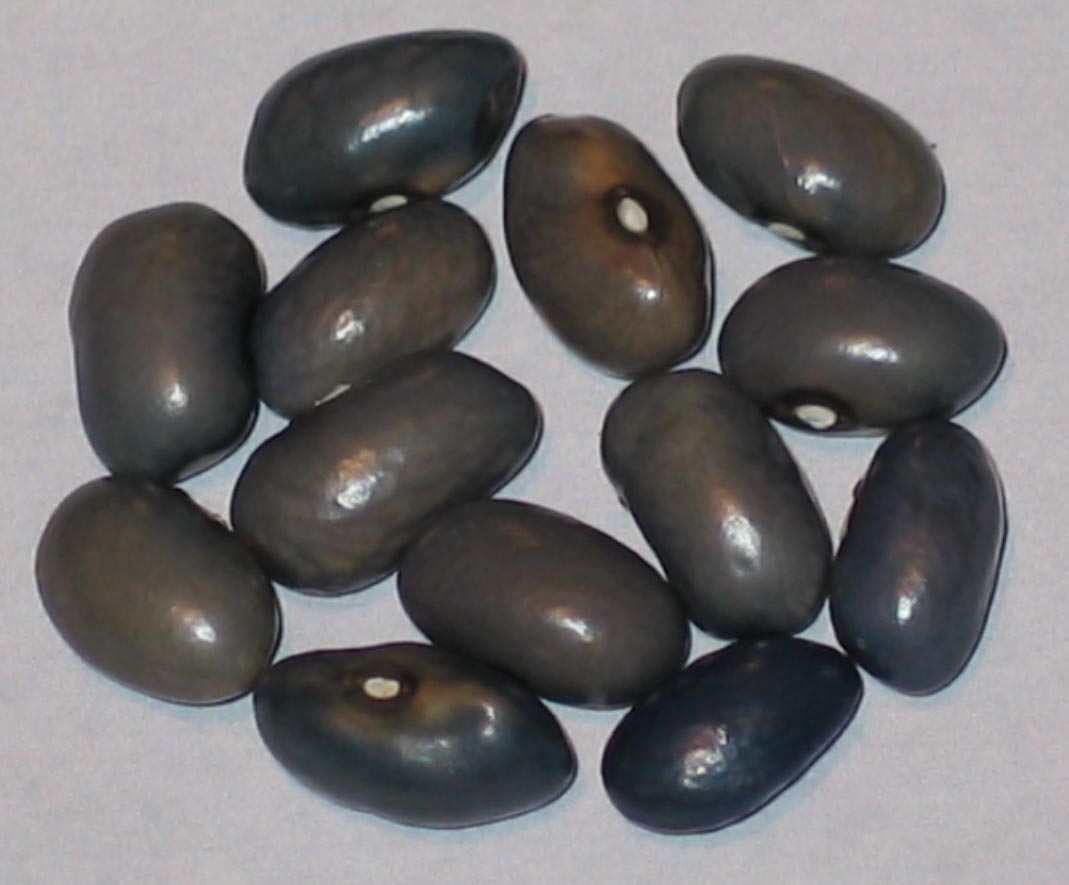
Blaugraue
Grown '19 & 2024
Pole. Of European origin. No known history. My seed donor is Cordula Metzger of Labenz, Germany 2017
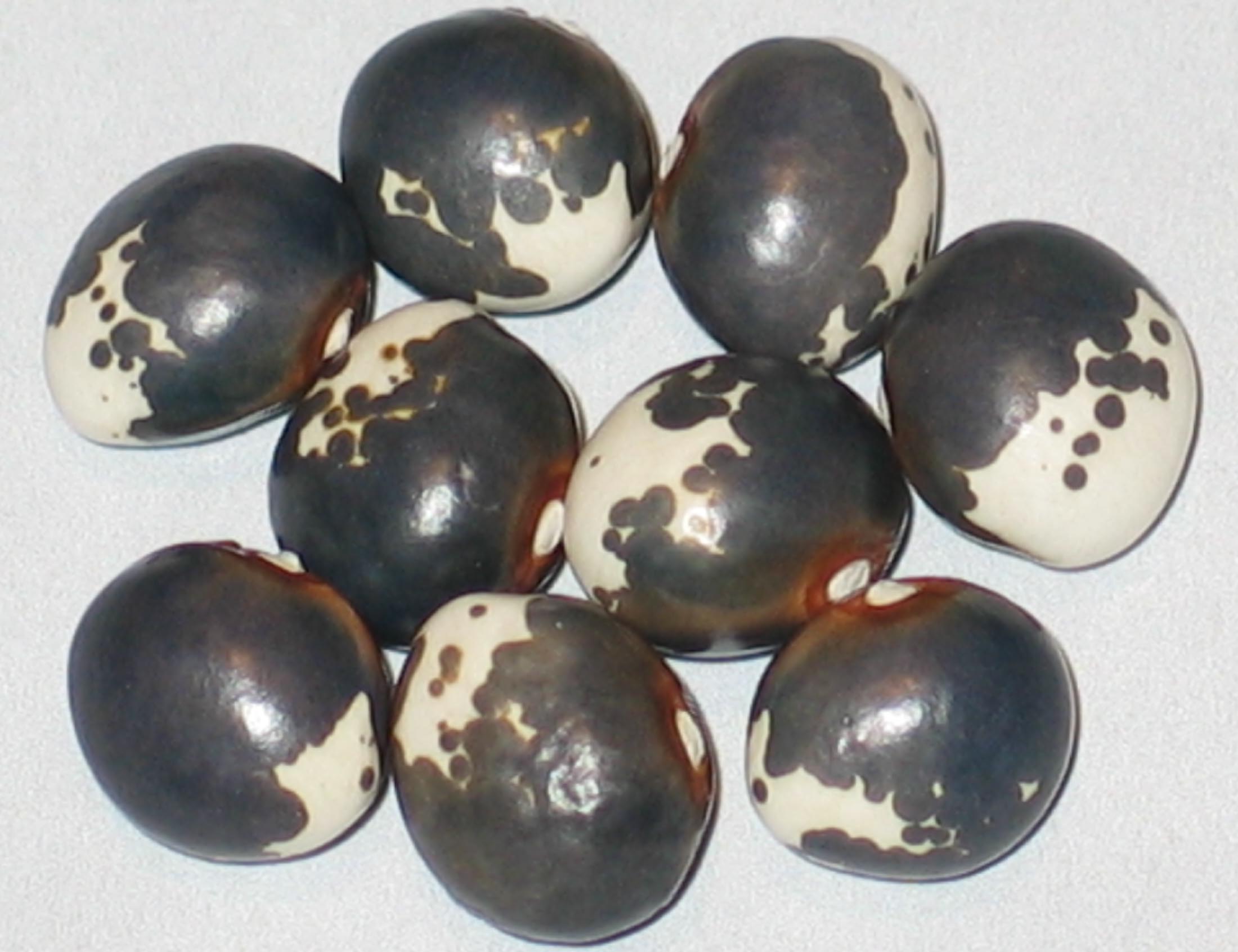
Blue And White Of Bernardo
Grown In '17,'19,'21,'23 & 2024
Pole Dry. Possibly of Spanish origin. My orginal donor is Jospeh Simcox "The Botanical Explorer" who brought the bean back to the U.S. from one of his overseas seed collecting excursions.
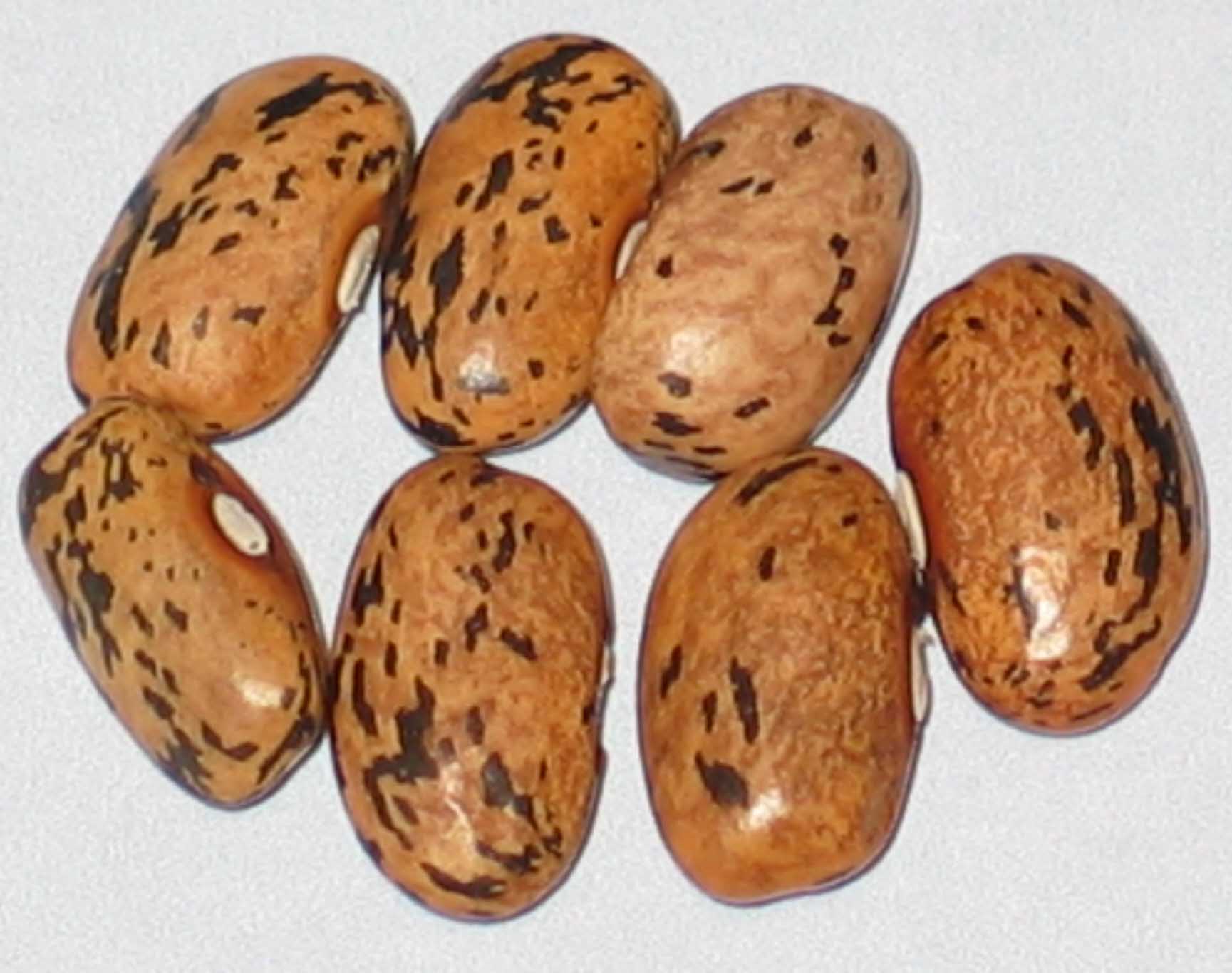
Blue Bloom
Grown In 2017
Bush Snap. Good flavor when pods are still flat. Slightly fibrous but still good to eat when pods become rounded. The bean can also be used dry. Grown by L.C. Hubble in Tennessee whose family has grown this variety since 1945. The bean was received by them originally by a grower nearl Bradford, Tennessee.
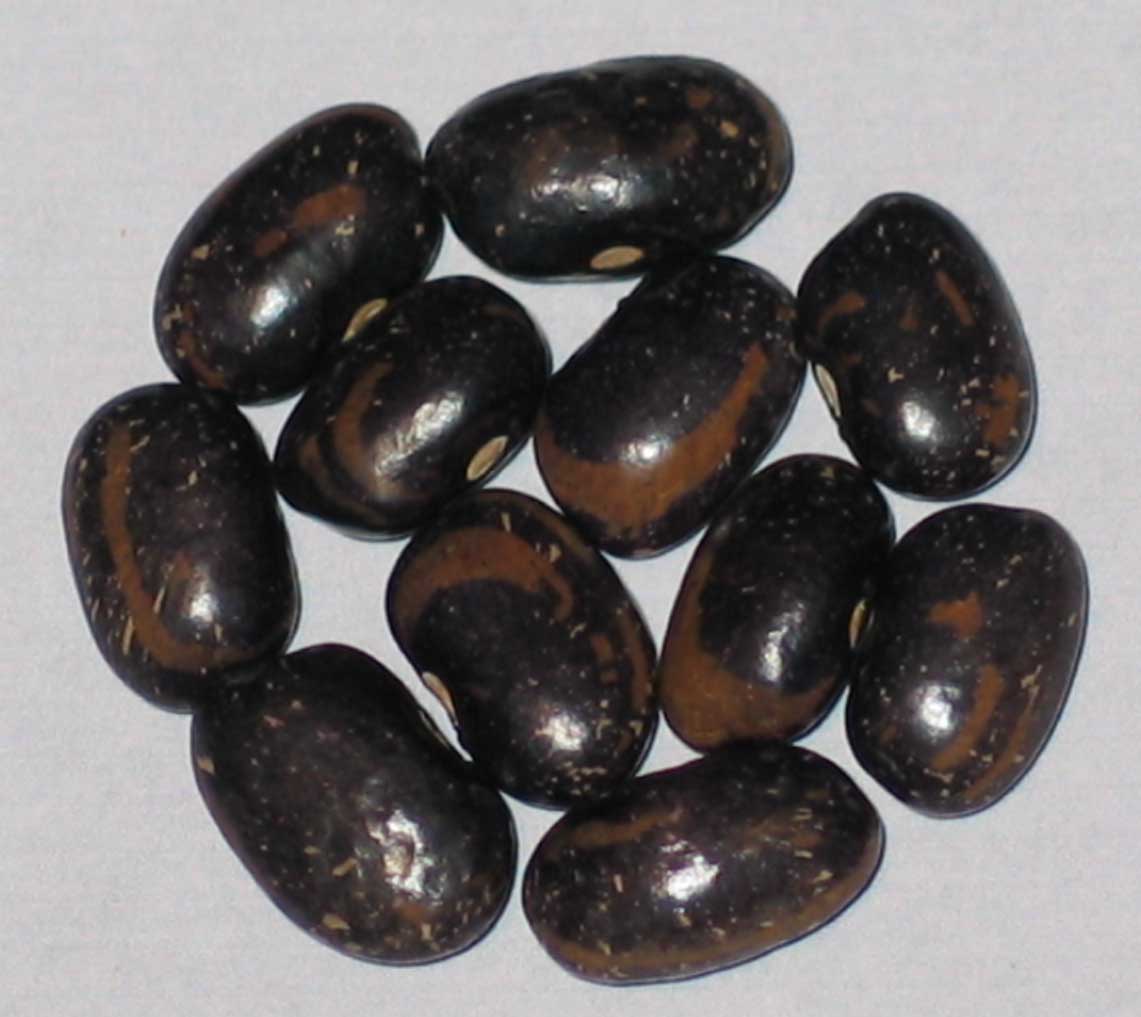
Blue Gold Star
Grown In '19,’20 & 2023
Pole. Another of several beans from the collection of a Potter Valley, California grower. Likely and original named bean by that grower.
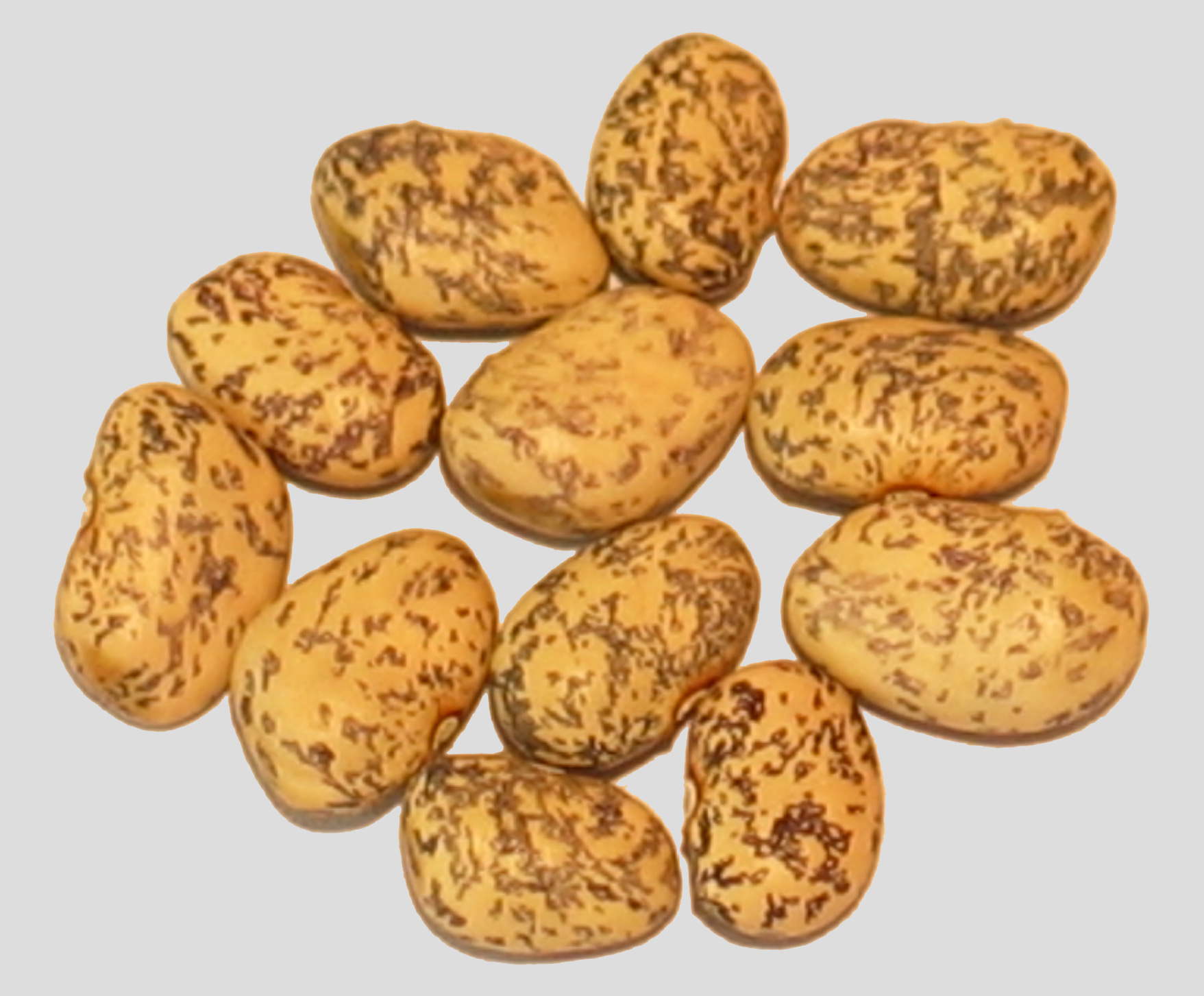
Blue Speckled Tepary
Grown In '23 & 2024
Bush Dry. I have grown this bean back in the early 1980's. Although of southwestern U.S. origins where is grows in a climate of only 2 inches of rain in a year. Tolerant of desert heat, and drought as well as alkaline soils. The bean will grow well here, and produces more foliage when grown in a moister climate.
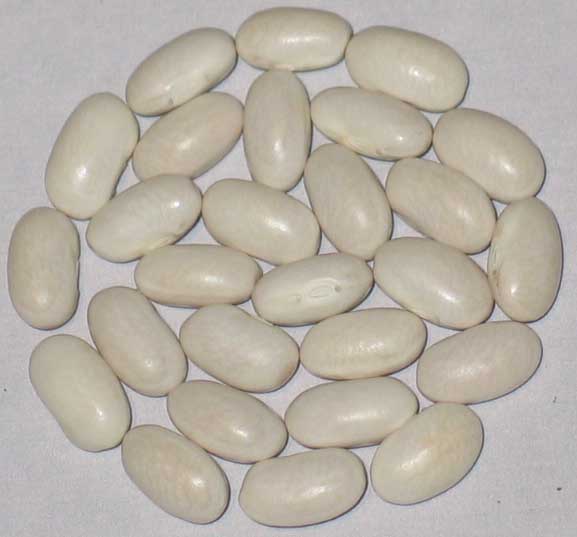
Blue Tip
Grown In 2024
Pole. Tender hulled. The pod tip or spur supposedly turns blue as the pods become more matture with seed.
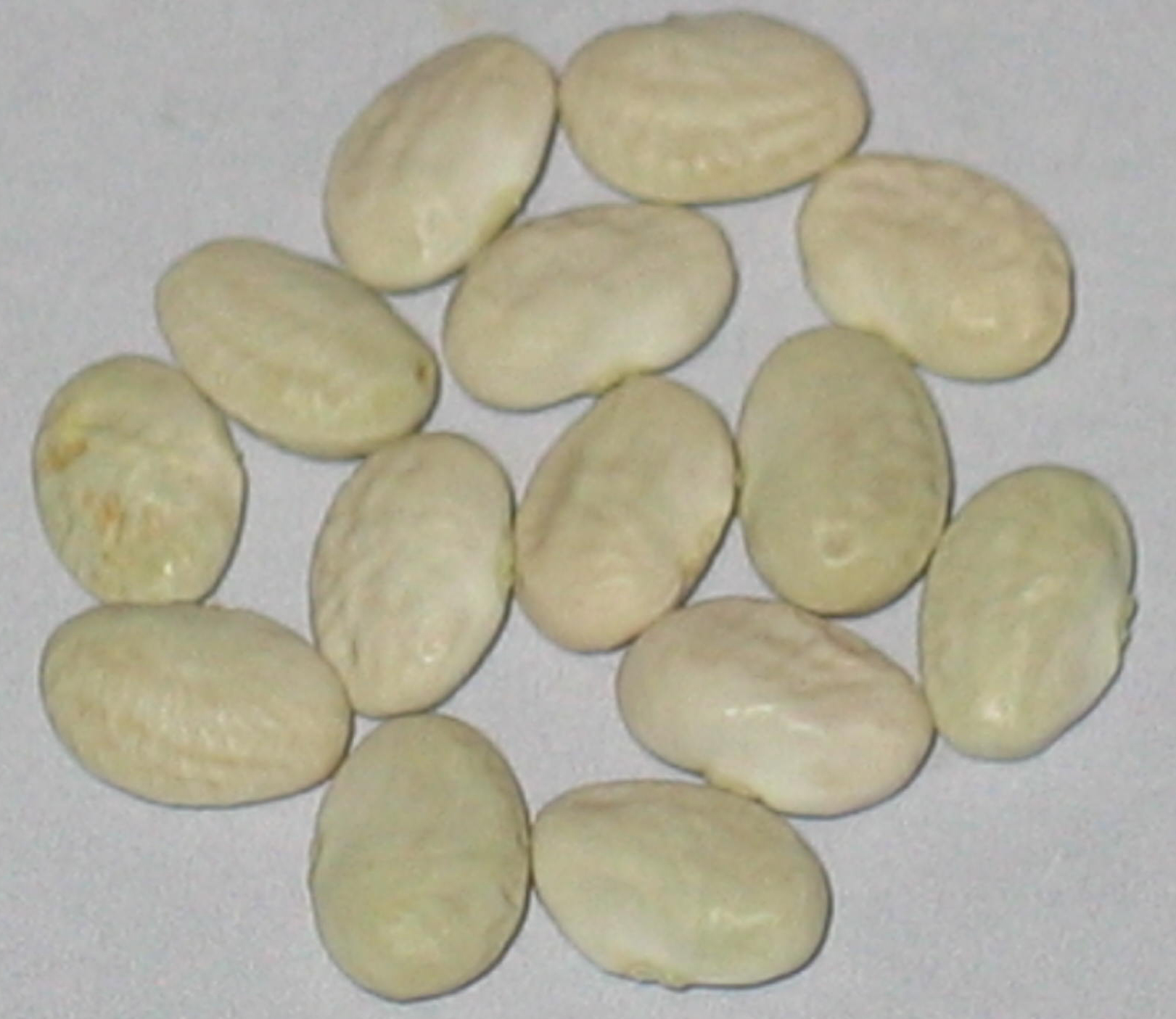
Boontjes
Grown In '14 & 2019
Bush Dry. My donor from South Africa had the country of Botwana as it's orgin. I do not know if the bean could have any snap bean use.
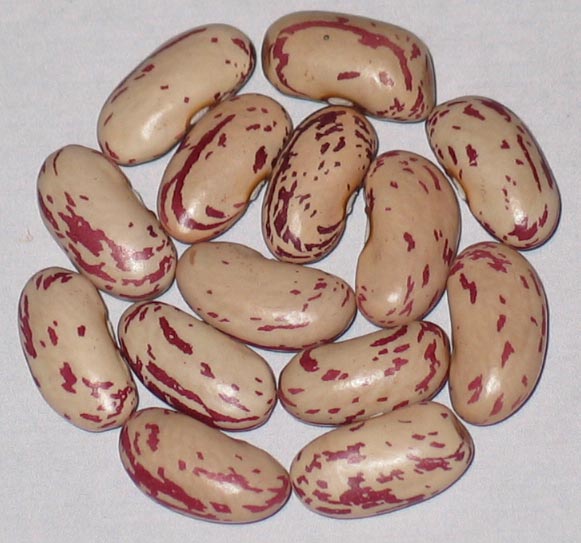
Borlotto Di Saluggia
Grown In 2024
Bush Dry. Brought back to the states by Joseph Simcox from Europe. Likely from Saluggia, Italy in the province of Vercelli in the region of Piedmont.